
SmaTrig 2.1 - The improved2 smart 15-in-1 trigger
for DSLRs
This is the project home page of the SmaTrig 2.1, the improved version of the
the SmaTrig 2.
On this site you will find complete instructions how to use and build the versatile and compact (27 gram)
15-in-1 camera trigger SmaTrig 2.1. Everything needed to build the device is
provided including the PCB design, firmware, drill plans, etc.
The SmaTrig 2.1 is based on an AVR microcontroller, and is equipped with sensor circuitry
for detecting sound and light pulses for capturing lightnings or high-speed photography.
The 15 functions can be divided into four groups: bulb mode bracketing programs for
HDR photography, interval and timer modes, sensor modes and other functions like manual
camera triggering or configuration.
Many of the modes have some hidden advanced options, but I paid great attention not to obscure
their usability. Ritual instruction manual spurners can use the SmaTrig just using their
intuition.
The SmaTrig 2.1 controls the camera using a remote release cable, or in a wireless
way per IR signal . There is no need to modify the camera in any way to use the trigger.
The various sound or light trigger functions use either the integrated photo diode
for light detection, or an external microphone that can be plugged into the sensor
connector.
Flash units can also be connected to the trigger directly to allow high-speed photography.
The features are:
- variable interval/strobo functions
- sound and light trigger (rising or falling edge detection)
- integrated photo-diode
- lightning trigger (low shutter lag)
- IR remote control (many camera brands supported)
- high-speed mode with camera control via IR
- direct microphone support
- slave flash trigger with pre-flash suppression (TTL)
- long exposure (1s - 8h)
- configuration using EEPROM
- 3 bulb mode bracketing functions with 3 to 9 shots and an EV step of 1 to 4 for HDR (DRI)
- all functions of HDR-Jack are included
- quartz-controlled clock
- integrated buzzer for acoustic feedback
- low-power design
- only budget parts with good availability used
The new features of version 2.1 are
- direct support of laser pointer for light barrier function
- additional IR signal for wireless triggering for many functions
- battery holder allows to change battery without soldering
- new PCB design for easier and more exact assembly
- better alignment of programming pads on PCB
- more consistent function alignment on dial
- clean up of config function
Trigger modes
The functions of the SmaTrig are devided into two groups. The functions with a black symbol on the label don't need a time specification and are started usually with just one button press. The functions with a red symbol, e.g. intervall or long exposure need a time specifiction. The time is set by pressing the button several times according to this table (printed also on the trigger label):
| Presses | 1 | 2 | 3 | 4 | 5 | 6 | 7 | 8 | 9 | 10 | 11 | 12 | 13 | 14 | 15 | 16 |
| Time | 1" | 2" | 4" | 8" | 15" | 30" | 1' | 2' | 4' | 8' | 15' | 30' | 1h | 2h | 4h | 8h |
The symbol " stands for seconds, ' for minutes and h for hours. The time is (nearly) doubled at each press. After setting, the time it is beeped back by the trigger for verification. Now you can start the function by another press.
The functions are:
![]() 1. HDR-mode 1/2 s center time (customisable)
1. HDR-mode 1/2 s center time (customisable)
![]() 2. HDR-mode 2 s center time
2. HDR-mode 2 s center time
![]() 3. HDR-mode 8 s center time
3. HDR-mode 8 s center time
![]() 4. Configuration
4. Configuration
![]() 5. TTL servo trigger
5. TTL servo trigger
![]() 6. Sound & light trigger
6. Sound & light trigger
![]() 7. Light barrier trigger
7. Light barrier trigger
![]() 8. High-speed trigger
8. High-speed trigger
![]() 9. Lighting trigger
9. Lighting trigger
![]() 10. Alternating trigger
10. Alternating trigger
![]() 11. Inverted interval trigger
11. Inverted interval trigger
![]() 12. Interval trigger
12. Interval trigger
![]() 13. Long exposure
13. Long exposure
![]() 14. IR remote release
14. IR remote release
![]() 15. Manual/Bulb trigger
15. Manual/Bulb trigger
1-3. HDR-modes (bulb mode bracketing)
To overcome the +-2 EV bracketing limit and the 30 s maximum exposure time found in many cameras, the
bulb mode can be used to shoot user-controlled bracketing series in a certain range of exposure times.
The image series can be used to generate HDR (High Dynamic Range) images. The technique is also called
DRI for Dynamic Range Increase.
Read the description of the HDR-Jack 2 for more
details on the idea.
The nominal exposure time of this function ranges between the purely theoretical 1/1000s and
8 minutes, letting you catch the last photon in the scene. The shortest effective exposure time in bulb mode
depends on the camera used. Older pre-live-view Canons are the best performers going down to
approx. 1/180 s. Newer Canons, Nikons and cameras from other manufacturers
range between 1/8 s and 1/2 s. Shooting bracketing series
on sunny days with these cameras won't work.
Refere to this table to check the minimum
bulb exposure time of your camera.
The nominal center times of the bracketing series for the three modes are:
| mode | center time |
|---|---|
| 1 | 1/2 s (* selectable by user, see configuration) |
| 2 | 2 s |
| 3 | 8 s |
In each mode, 3 to 9 images are shot around the center time, depending on how
many times the button has been pressed at start. The number of presses corresponds to the
number of 'side images'. One press means 3 images, 2 presses 5 images and so on.
The EV step can be selected in the configuration between 1, 2, 3 or 4 EV
and is 2 EV by default.
In mode 1, also the center exposure time can also be selected by the user allowing
to define a quick-access custom bracketing series.
The bracketing mode supports the mirror lock-up function, as well as the long exposure noise
reduction where a dark image is taken internally in the camera after the actual
exposure. These optional features are activated by holding down the
button for longer time during the last press.
The SmaTrig 2.1 beeps every second while the button is held down (up to three times).
The beeps correspond to the following options:
| # of beeps | press duration | option |
|---|---|---|
| 0 | t < 1 s | normal usage |
| 1 | 1 s < t < 2 s | mirror lock-up on |
| 2 | 2 s < t < 3 s | denoising on |
| 3 | 3 s < t | mirror lock-up and denoising on |
Of course, the camera settings have to be consistent with the chosen option. The
SmaTrig 2.1 can't change any camera options automatically!
For exposures longer than 4 s, the exposure gap is increased automatically by
approx. 3 s to allow a quick look on the histogram and abort the bracketing
in case of overexposure.
The bracketing can be configured to go from short to long (default) or long to short
(e.g. nice for sunrise).
There is also the ability to start the bracketed
exposure using a cable remote release. The release must connect the ring
contact of the sensor port to ground to start the bracketing sequence.
This option was meant to
use the SmaTrig with automated panorama systems like the
Merlin/Orion/Papywizard.
Please note that Canon cameras round exposure times < 1 s to 1 s in the EXIF
data when used on bulb mode. The actual exposure times might be shorter.
4. Configuration
In this function, the user steps through a short menu where multiple settings can be made to customise the SmaTrig 2.1. The possible settings and its default values are listed in the documentation available in the download section below. The table also lists which function is affected by which option. Follow the example in the PDF to configure your SmaTrig. All settings are saved in the EEPROM of the AVR permanently. They can be changed any time. The usage of the configuration function is explained below.
5. TTL servo trigger
In this mode the trigger responds to the 2nd flash in the sequence of two flashes as usually generated by TTL-cameras/flashes. The delay between the fist and the second flash must be less than 0.5 sec. This mode is primarily intended for servo flash control, so you will need a cable with a 3.5mm jack plug on one end and a PC sync plug or a big jack for the flash at the other.
6. Sound & light trigger
In this mode, the attached camera or flash unit is triggered by the integrated photo-diode,
a microphone, or another external sensor connected to the sensor connector (right, top view).
Typical applications of this function are high-speed
photography or servo flash triggering.
When there is no plug in the sensor connector, the internal photo diode is
used as signal source. The SmaTrig can detect lightnings, flashes, flames, etc.
To use the SmaTrig as a sound trigger, a sound-card-compatible microphone
(stereo 3.5mm jack) must be plugged into the sensor port. The power supply is
integrated in the trigger.
Two modes of operation are available depending on how often the button
was pressed during the activation of the function.
Activation with one press means the trigger is blocked for about one second
after firing.
A double press means the trigger is permanently "live", there is no dead time.
It can be connected
to a music signal to trigger a flash to the beat for example.
| Presses | Description |
|---|---|
| • | Continuous operation, no blocking |
| •• | Continuous operation, trigger blocked after firing for 1 s |
7. Light barrier trigger
This mode allows to set up a light barrier using a laser. All you have to do is point the laser beam at the built-in photo diode and press the button. The laser can be a laser pointer or a cheap spirit level equipped with a laser as shown below.
With the barrier you can detect water drops, animals or use it for surveillance purposes. This function has a built-in delay function for water drop photography. Depending on the number of presses at activation the trigger delay will be different. The formula is
| # of presses | trigger delay |
|---|---|
| 1 | no delay |
| 2 | 62 ms |
| 3 | 125 ms |
| 4 | 188 ms and so on |
The stepwise delay doesn't replace a complete delay circuit like
this, but it allows to adjust the delay by changing the
height of the light barrier. Immediate firing would result in capturing the
drop always at light barrier level.
Please do not point too strong (>5mW) lasers at the photo diode! They can harm your eyes
and the photo diode, so be careful!
8. High-speed trigger
This mode was explicitly designed for high-speed photography.
It's a one-shot trigger, meaning that it will deactivate itself after
firing to prevent unintended multi-triggering. The self-deactivation is
of particular importance when triggering with sound, where falling
objects can cause a series of sound peaks after the main triggering event.
Another key feature of this mode is the possibility to control the camera
via the integrated IR-LED. The trigger sends out an IR signal after
activation (push-button press) and another one after triggering or user (self-)deactivation.
This allows you to start the bulb exposure automatically with the trigger
and terminate it right after firing. This trick will only work if your
camera has an IR sensor which can start and stop the bulb exposure when
receiving the IR signal. Nikon and Canon work this way (D60 and 400D at least).
This feature only makes sense if taking high-speed images in a dark-room
using bulb mode and a flash unit.
9. Lightning trigger
Contrary to the popular opinion, it is possible to photograph lightnings by light-triggering the camera directly. If the shutter lag (the delay between lightning detection and exposure start) isn't too long, the results can be fairly good. The lower the shutter lag, the better the results. This trigger mode is similar to the sound and flash trigger mode, but it minimises the shutter lag of the camera. It reduces the lag by keeping the mirror up in a smart way while waiting on the lightning. In case of a detection, the mirror does not need to be lifted before the shutter opens. In the case of the Canon EOS 400D, the pre-release of the mirror reduces the shutter lag by half -- from about 120 ms to 60 ms (see measurements) Users of non-Canon cameras should use Mode 6.
The operation is explained in more detail in the following description. The function is tailored to Canon cameras where the mirror is raised with an extra release pulse and released automatically after 30 s if the shutter-button wasn't pressed for the second time.
- Set the camera to mirror lock-up mode and the SmaTrig to the lightning mode.
- Push the button multiple times to tell the SmaTrig how long the camera will expose after triggering. This avoids triggering a busy camera or missing a lightning while waiting too long after triggering. Look up the number of presses in the presses/exposure table or the trigger label. After pressing the button the trigger operation starts immediately. The camera is triggered once and the mirror goes up. If a lightning is detected within the next 30 seconds, the camera is triggered for the second time and the exposure starts - a lightning was captured! The exposure "time slot" corresponds to the number of times the button was pushed at activation
- After the exposure, the camera is triggered again and the mirror goes up as in step 2. The trigger waits again for a lightning...
- If no lightning was detected within 30 seconds the mirror is released automatically by the camera. One second later the camera is triggered by the SmaTrig 2 again and waits for a lightning as in point 2.
- Pushing the button again will deactivate the function.
Effectively the camera is waiting for a lightning with a locked-up mirror. The
SmaTrig tries to minimise the time where no capture is possible. During the second
in which the camera is "reloaded" no lightning can be captured. This results in a
theoretical probability of 1/31 of missing a lightning flash.
You can also set the exposure time by holding the button down for longer than 1 s
(you'll hear a beep) like in the interval mode. The exposure time is then equal
to the holding time.
This mode is not limited to capturing lightnings. It can be used whenever a
reduced shutter lag is necessary, also with a microphone.
10. Alternating trigger
If you try to capture very rare events like falling meteoroids, or want to shoot lightnings like a pro, this option may be something for you. It allows a 100% interruption-free capturing of events by overlapped exposing using two cameras. The cameras are triggered in a way that each exposure overlaps 1/8 or 12.5% with the previous one. The camera timing is shown in the picture below.

The exposure time can be selected starting from 1 second to 8 hours.
The camera can be used in bulb mode
or manual mode (times >30 s bulb mode only). If used in manual exposure mode
the exposure time in the camera must agree with the time set in the trigger,
otherwise the timing will be incorrect.
To start the function the exposure time must be entered first by pressing
the button multiple times (see presses/exposure
table in interval section or trigger label). After the entered time is acoustically verified
the triggering can be started by pressing the push-button again.
To connect two cameras to the SmaTrig you will need a cable which connects the focus wire in the trigger with the shutter of cam 1 and the shutter wire of the trigger with the shutter of cam 2. The wiring is shown below. The dashed wires are necessary for some cameras (Sony, Nikon, Canon EOS 40D...)
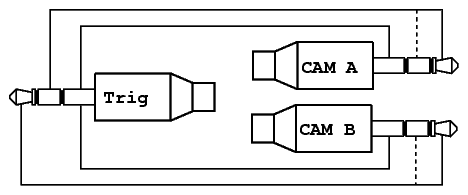
11. Inverted interval trigger
This mode is based on a small but significant variation of the
standard interval mode (mode 12). It might be interesting for astro-photographers
or (night-)time lapse fans.
The only difference is that the trigger signal is inverted compared
to the standard operation described below.
Instead of short trigger pulses and long pauses, long trigger pulses and short
pauses of 0.5 s are generated. If you set the camera to BULB now, it's
possible to do very long exposures spread over different images.
To merge
these multiple images to one you can average them or better apply a
"maximum of" operator (GIMP, Photoshop). This way you can prevent the final image from
overexposure and reduce long exposure noise.
Imagine a scene with a lit
house and stars in the background. If you try to make the star trails
visible using long exposure, you'll definitely "burn" the house.
Exposing "by parts" and applying the max operation (or locally max or avg)
to the image stack will give better results. This mode should also be useful
for night traffic photography, airplane trails, ferris wheels, etc...
The usage is analog to the interval trigger described below.
The first example image shows different operators applied to a stack of 96
images with an exposure time of approx. one minute. Note the cool airplane
trails. In the second example four images with an exposure of 8 min. and
two with shorter exposure are merged.
12. Interval trigger
As the name implies, the camera (or flash) is triggered periodically at different
time intervals.
This mode can be used to shoot time-lapse movies of growing
flowers, moving clouds, traffic, construction and demolition of buildings,
melting ice, parties, rotting food, crowds of people, sunrises, sunsets, etc.
Capturing lightnings, surveillance, astronomy, time stamping, scientific
experiments, stop-motion movies, averaging (noise reduction) or tourist
removing are other possible applications.
All this in Full HD or better!
The timer allows 16 different intervals listed in
this table or the label of the SmaTrig.
To activate the timer proceed as follows: Press the button N times to
set the interval according to the table above. The trigger will verify the user
entry by beeping N times (the beeps come in pairs to simplify counting).
Now press the button again to start the timer. It can be stopped anytime
by pushing the button again.
There is another "hidden" mode": If you push the button once as for the 1 s setting, but hold it down for more than 1 s (you will hear a beep), the variable interval trigger will be activated. The button hold time will be converted to the interval time. Example: If you press the button for 12.4 s you get an interval of 12.4 s. The duty cycle of this function is about 50%, meaning that if you set your camera to bulb it will expose for 50% of the interval time and wait for the remaining 50%. After setting the time by holding down the button, the button must be pressed again to activate the function. The timer can be stopped anytime by pushing the button again.
At very long interval times, the camera battery life becomes a problem. The camera should fall asleep between the shots to avoid exhausting the battery to early. To wake up the camera in a controlled manner, the trigger pulls down the focus wire 4 s before the shutter is released (only possible for intervals > 4 s). This feature can be also used to control lighting equipment as described here. The shutter wire is pulled down for 4 s. This is long enough to shoot multiple images as needed for HDR time lapse movies.
13. Long exposure
This mode can be used for taking very long exposures as needed for astro or infra-red photography. The exposure time can be chosen in discrete steps between 1 second and 8 hours. The times are listed on the SmaTrig label or in this table. Usage: Press the button multiple times to set the exposure time. The time setting is beeped back by the trigger for verification. Then, press the button once to activate the function. Holding the button for more than 1 s (beep) generates an additional trigger pulse for mirror lock-up.
14. IR remote release
This function uses the integrated infra-red LED to send a trigger signal to the camera. The SmaTrig 2 replaces the Canon RC-1 / Nikon ML-L3 / ... remote control. For now, the codes for Canon, Nikon, Fuji, Pentax and Olympus are implemented. Because each camera brand needs a different IR code, the camera type must be specified in the configuration. Besides the normal usage for taking pictures remotely, many cameras allow to start and stop the bulb exposure with the IR remote control, so you don't have to keep the shutter-button pressed. It's also possible to shoot a bracketing sequence at once instead of pressing the shutter-button three times, very useful for HDRs.
15. Manual/Bulb trigger
This is the simplest mode of operation. The push-button works as an extension of
the shutter button in the camera (only the fully pressed state is available:
focus + shutter). If the button is pressed longer than 1 second, the trigger
locks up allowing continuous (bulb) exposure without keeping the button pressed.
The lock-up is signaled by a beep.
The continuous exposure is terminated by pressing the button again.
The lock-up function in connection with the continuous shooting option of a camera
can be also used to capture lightnings, etc...
Usage
Shooting bracketed shots for HDRs
Set camera to MF • set camera to BULB exposure • connect SmaTrig • choose mode 1, 2, or 3) • push button according to desired bracketing width • push button again to stop function in case of overexposure • merge images (check out the free tool called "enfuse" and "enfuseGUI")
Shooting lightnings (all cameras)
Mount SmaTrig on the camera (hot shoe mount) • set camera to MF and RAW quality, manual or auto exposure • set SmaTrig to mode 9 • start function by pressing the button, the camera will be triggered at each lightning • terminate function by pressing the button again
Shooting lightnings (mirror lock-up support, Canon only)
Mount SmaTrig on the camera (hot shoe mount) • set camera to MF, RAW quality and manual exposure (or time priority) • enable mirror lock-up in camera • set SmaTrig to mode 6 • press button multiple times to tell SmaTrig how long it should wait after triggering. The time should be equal to or greater than the exposure time set in the camera. • press button again to start function • observe operation • terminate operation by pushing the button again
Taking high-speed shots (example: popping champagne bottle)
Prepare darkroom • position and fix champagne bottle • Set up and connect camera, flash unit, SmaTrig and microphone (sensor plug) • set SmaTrig to mode 8 • point the IR diode of the SmaTrig at the cameras IR sensor • set camera to MF, bulb exposure, RAW quality, and remote trigger mode • light off, torch on • wake up camera and flash • put finger on push-button of SmaTrig • torch off • press button (SmaTrig sends IR signal to camera, camera begins bulb exposure, do manually if no IR sensor in camera) • let the cork pop (most difficult point, try not to have your hands in the picture) • BENG! • SmaTrig terminates bulb exposure by sending IR signal to camera • check result, clean up, drink champagne...
Interruption-free capturing
Connect focus wire of SmaTrig with the focus and shutter wire of camera A • connect shutter wire of SmaTrig with the focus and shutter wire of camera A • connect all ground wires • set cameras to MF • set SmaTrig to mode 10 • choose bulb exposure or a fixed exposure time in camera • press the button multiple times to tell SmaTrig the exp. time • count the beeps to verify your entry • start function by pressing the button again • stop function by pressing the button again
Drop photography
Prepare drop setup, read tutorials on the net or here, use a burette • install SmaTrig and laser pointer on a rail, laser should point exactly on photo diode • set SmaTrig to light barrier function • focus camera, prepare flash • adjust delay by changing light barrier level or use a delay circuit • start function with delay if triggering the flash directly • triggering the camera will result in an additional delay of 50-120 ms
PDF Manual
smatrig21_manual.pdf - SmaTrig 2.1 user manual
smatrig21_diyguide.pdf - SmaTrig 2.1 DIY guide
Go to the Download section for more documents.
FAQ / Electrical data
How to replace the battery in the Smatrig?
From version 2.1 on the battery of the Smatrig can be replaced without soldering. The battery type is CR2032 or anything with 2032 in the name. The procedure is shown in the following video.
Connecting a flash unit to the SmaTrig 2
The SmaTrig can trigger cameras and flash units, as both rely on the
same trigger principle. Connect the pin of the PC sync contact to either the
ring or the tip of the camera jack connector (and the grounds of course). You can
connect two flashes using ring and tip. The trigger voltage should not exceed
50 V (limit of BSS138 transistor).
The image below shows a SmaTrig-flash cable and
an adapter for flash units without a PC sync contact.
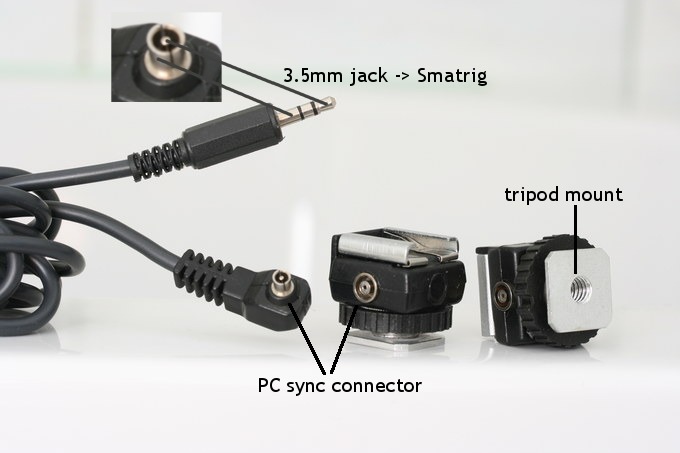
Sensor connector
In contrast to the old SmaTrig 1 version, the microphone is connected externally with a jack connector. Instead of the mic, other sensors can be used. The sensor signal has to be connected to the tip of the sensor jack plug. Refer to the schematics below for details. The microphone power supply on the ring of the jack plug can be used as power supply for external sensor circuitry if the current consumption is low enough. A voltage of about 2.4 V through a 2.7 kΩ resistor is available there. Keep in mind that the capacity of the coin cell is limited (approx 200 mAh). The mic supply is enabled only if one of the sensor modes is active. It can be disabled completely in the configuration.
Light and sound trigger lag
The oscilloscope screenshot below shows the timing of the sound and light trigger. The upper trace shows the voltage at the photo-diode with a peak caused by a flash. The lower trace visualises the voltage at the trigger output, where 0 V is the triggered state. The trigger lag is about 0.2 ms. The article shutter lag measurements might be also interesting for you.
Switching heavy loads with SmaTrig
With some simple additional circuitry the SmaTrig can switch heavy electrical loads such as lamps, solenoids or ventilators. This extension of the trigger is practical in connection with the interval function which activates the focus 4 s before the shutter is released. Connect the switch to the SmaTrigs focus wire to activate additional lighting equipment before each exposure. You don't have to keep your 8 kW lamp switched on for a week to record your plants growing;-). Please refer to this article for a detailed description of such a switch.
Gallery
In this section images taken with the SmaTrig are presented. Your images are welcome! You are also welcome to join the Smatrig group at Flickr: http://www.flickr.com/groups/smatrig/
Star trails at mount Daisen in JapanLightning strike over Borjomi, Georgia. Shot with a Sony RX100mk2 and a Multi-Port cable
Star trails shot in the city center of Berlin. Asteroids were expected, but passed by my lense..., 60D, ISO200, 35mm, F/2.8, about 4 hours.
My first attempt to shoot star trails with the Sony RX100ii. The overexposed corner comes from the late sunset. Stack of about 120 images 60 s each, ISO160, 28mm, F/2.2. Shot in Berlin
HDR of old Mercedes. Shot in Berlin. Own work.
Image by Jörg Bruder from Germany
Drop-on-drop shots by Alois Ehrenmühler from Germany Igniting match by Alois Ehrenmühler from Germany
Zion National Park, by Peter S. from Germany
Thunderstorm over Berlin, own work.
Exploding firecracker captured with a microphone and the SmaTrig triggering the camera and flash. Thanks Ronny for the nice pics!
By Gerald
Thunderstorm over Berlin, own work.
Juri from Austria sent me this great shot. The water splash was captured with a microphone. Check www.juritscharyiski.see.me for more images.
Image by Gerald taken with a G3. Scripted image stacking unter Linux. Image by Gerald taken with a G3
Chris from the Netherlands sent me this nice lighning shot he took with a D3100
Star trails image created by mark222 from the UK. Shot in Italy, about 40 images with 2 min exposure time, inverted interval function 11, Canon EOS 7D with 17 mm focal length.
A jumping rat captured with the light barrier function of the Smatrig. Own work.
This scary image of a lightning strike hitting a house was taken by Dincer Hepguler in Ankara, Turkey. He used the lightning trigger mode of his Smatrig. Thanks Dincer!
Images by Daniel Obelin. To achieve the drop-on-drop impact he used a setup similar "Setup 6" in this tutorial.
Karl-Walter form Germany built a trigger device that integrates the SmaTrig and three delay circuits in one box. Thanks for sharing!
Gerie form Holland sent me these nice pictures. The falling objects were captured using the light barrier function. Visit www.geriebosman.nl for more images and lots of stuff on photography.
A rat captured with light barrier function of the Smatrig. The laser beam was made using a small spirit level. The beam goes parallel to the door sill where the fore feet of the rat are. 30 mm lens, flashes with diffusers left and right, EOS 60D at 1/125s and f/4.5. A picture of the setup is here. Own work.
Stacked long exposure image taken during a clear night in Berlin. Total exposure time of 200 minutes spread over 50 images a 4 min. I used function 11 of the Smatrig. As far as I can remember, the exposure stopped due to an empty battery. Own work.
Images shot by Karl Eggen. He used sound triggering to capture the events. The strawberry is my favourite picture!
Images by Michael M. from Germany
Images by Gerard Blacklock form Australia
Brenton Brockhouse from Australia built a DIY friendly version of the Smatrig 2.1 using a THT micro-controller. The resistors necessary for his Lumix G2 are soldered directly to the board. The eagle file of his design with THT components only and the front label file can be downloaded under this link. Many thanks for sharing!
Image shot by Jens Grebenstein with a EOS 450D.
Time lapse of Nematus ribesii at work on a Gooseberry bush. Own work.
Time lapse of Schiffshebewek Niederfinow taken from ship (Bizon), 2s interval, Samyang fish eye, 60D, own work.
Images shot by BjörnG.L.O with a Panasonic G3.
Growth of a Cumulonimbus cloud in Bavaria. Own work
Viktoriapark water fall by Norbert Löv, long exposure with ND filter Very long exposure of a weir water fall in the Tiergarten in Berlin. ND filter used. Own work "Clear water" by Norbert Löv, very long exposure with ND filter
Burning candle time lapse by Uwe. The images were taken at 30 s interval for 1.5 hours.
HDR of main rail station in Berlin (Hauptbahnhof) shot by Eike.
Time lapse in Full HD, near Heraklion on Crete, own work.
Shot by Eduardo Ventura from Portugal. Check out his Flickr stream for more pics.
Time lapse of garden cress growing. Shot with Smatrig + EOS60D + EF-S60 with 30 minutes interval for about one week (ca. 350 pics). The first day is not shown in the movie. The lower image shows the photo setup. A permanemtly running energy-saving bulb with 20 W was used. Own work.
Images shot by Karsten Alex. The setup is shown above: 5Dmk2, EF100, flash with radio remote control, Smatrig 2.1, delay circuit, coloured paper, old frying pan;). The screw was used just for focusing but it makes a nice picture anyway. The sharpness of the lens is amazing.
Time lapse shot by Dominik Rueß
Shibuya crossing in Tokyo, 231 images at 4 s interval, 720p resolution, own work.
Growing star trails by Garf, full HD video
Das Boot by Garf, sailing time lapse.
Long exposure by parts, the image consists of 26 exposures with 2 minutes merged using the max operator. Many more images were taken that night, but the Samyang got fogged at 3 am :(.
Thunderstorm over Berlin, own work.
First experiments with the SmaTrig: Egg hit by air gun pellet, flash triggered by sound, trigger delay controled by microphone distance. Shot by Björn.
Long exposure by parts, stack of 14 shots at 1 min at Tegel Airport in Berlin, composed using the maximum operator. Take a look on the minimum and the maximum - minimum result. The perspective distorsion comes from the Samyang 8mm fish eye lens.
SmaTrig 2 built by Simon from Switzerland. He used a small screw box for the enclosure.
Shot by Michael, more images are here
These incredible images were shot by Rob Kessel in New Mexico, USA. The lower picture has been published in the German "Photographie 1-2 / 2012" magazine
Timelapse of Vancouver. Own work
Time lapse by Darren Enns from Morden Manitoba, Canada. Note the growing star trails in the movie
Shot by Clarissa Strö
Shot by Florian Schulz using the sound trigger function
HDR Panorama of Casablanca, Morocco. Own work.
HDR taken with Samyang fish eye lens. Own work.
HDR created using enfuse. Own work.
HDR composed with enfuse, Berlin Kreuzberg. Own work.
HDR composed with tone mapping. Own work
Popping champagne bottle. Own work
Build your own SmaTrig 2.1
The circuit
The SmaTrig 2.1 is based on the ATmega88V microcontroller from Atmel (It is becoming obsolete and will be replaced by the ATmega88PA). This relatively small and versatile chip is a low power device which works down to 1.8 V. The ATmega88 is available in a TQFP32 package (used here) and the prototyping-friendly narrow DIP28 package. It is perfectly suited for battery operated equipment. It provides power-saving timer functions using a 32.768 kHz clock crystal. A lithium coin cell was chosen as power supply. The schematic of the trigger circuit is depicted here
The most important sections of the circuit are explained below.
Triggering: T1 and T2 are responsible for triggering the connected
device by pulling the focus and shutter wire to ground. The BSS138
transistor is rated with 50 V and 220 mA.
Rotary switch: The switch has two functions: it sets the operation
mode of the trigger and connects the AVR to the battery. The switch
provides a connection between the input pins and the power supply in all
positions except the "0", where the circuit is disconnected completely from
the battery. The AVR is supplied in a "parasitic" way through the
protection diodes of the input pins. Refer to the SmaTrig
1 description for more details.
Sensor input circuitry: C1 and R1 form a high-pass filter between
the sensor input (tip of jack plug) and the built-in analog comparator of
the ATmega88. Only transient (changing) signals can be detected by the
SmaTrig.
The positive comparator input is connected to the reference voltage at
PD6 which sets the trigger threshold. The voltage is generated by the
voltage divider consisting of R9 and R11.
Mic power: To allow the direct connection of a standard (sound card
type) electret microphone to the trigger a power supply at the ring
contact of the mic plug must be provided. This is accomplished via PD2 and
R2.
The supply can be also used to power some low-power input circuitry. The
ring contact should _not_ be connected directly to ground (mono jack plug,
etc.) to avoid high power consumption and shortening of the battery life.
The power supply can be disabled in the configuration.
IR-LED: The IR-LED is controlled by T3 which is connected to PC0.
The inner resistance of the battery and the on-resistance of the FET make
a serial resistor for the LED unnecessary.
PCB
The one-sided board has a minimum path width and clearance of
over 10 mils (0.25 mm). It should be manfacturable with home-brew methods.
Please coat the SMD pads with tin before soldering the parts.
The PCB shown below was manufactured by
www.leiton.de on one-sided FR4 1.5 mm
material.
The PCB layout for etching can be found in the PDF documentation
(see download section). Use the Gerber files if you have a CNC machine or
plan to order the PCBs at a professional service.
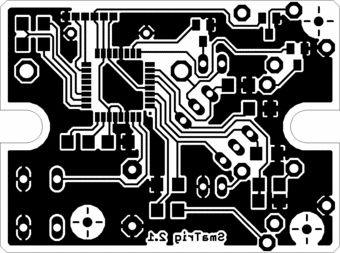
Components
All parts necessary to build the SmaTrig 2.1 are listed in the documentation available in the download section below. I tried to use standard parts only. All analog functions are based on the integrated comparator of the ATmega88, reducing the part count significantly. The most exotic part is the code switch. It is a hex-type with 16 positions manufactured by many companies. You can use any type compatible with the PT65 from Hartmann. There are types with a spindle and with an integrated (detachable) knob.
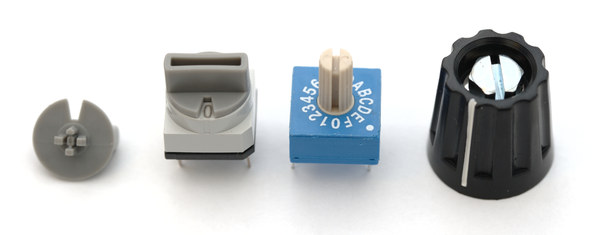
The BSS138 FET transistor can be replaced by a different n-type conducting at 2 V at the gate. The buzzer has no electronics inside. Any piezo-type can be used. It has a pin spacing of 7.5 mm. The photodiode can be replaced by any daylight type. A high sensitivity type is preferable.
The circuit is mounted in a small pocket enclosure (50x38x13mm). A hot shoe mount can be attached to it for better usability. It can be recycled from an old flash or made of two plastic plates glued together. It has no electrical connection to the camera. The light sensor must point in the direction of the lens if you plan to use the trigger for lightning capturing.
I designed a drill aid and a label for the rotary code switch. They can be found in the documentation in the download section of the page. The red symbols on the label correspond to modes which involve timer functions where the user has to push the button multiple times to set the time. The red numbers below the switch legend describe how many pushes are necessary for which time.
If you have access to a 3D printer you can DIY our own enclosure. Below are two examples send in by readers. The last image shows just a hot shoe with a 9 mm hole mount to be glued into the enclosure. By cutting a thread in the central hole, the hot shoe mount can be converted into a tripod mount. The STLs can be found in the Download section.
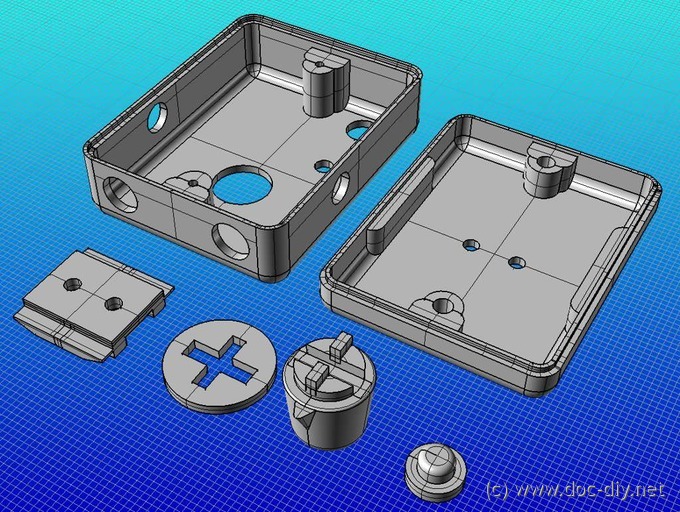
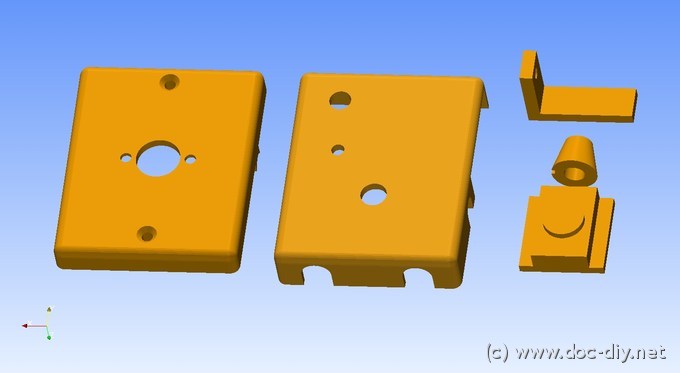
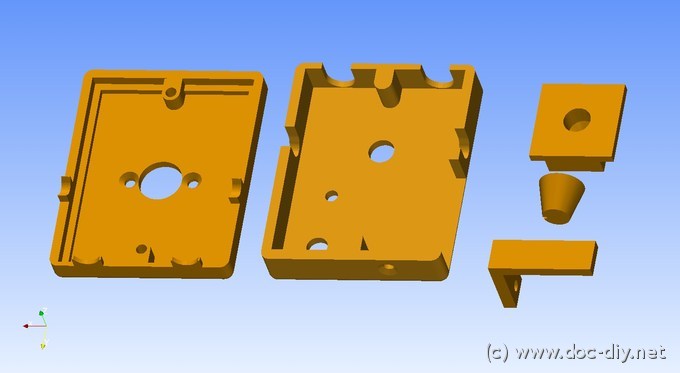
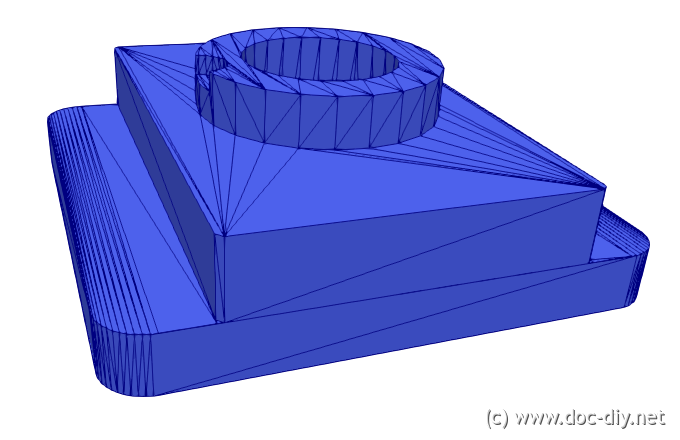
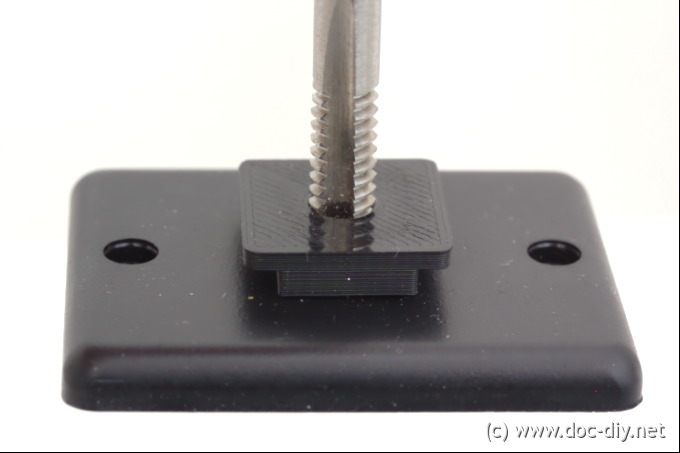
Assembly - tools and skills needed
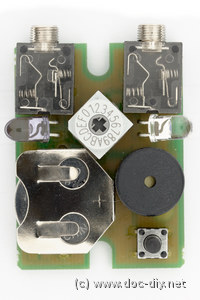
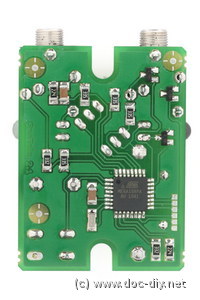
Please refer to the DIY guide PDF for assembly plans and details.
We start with the circuit as it is more exciting than the enclosure preparation.
You can find all detailed plans in the documentation in the download section.
You should have some experience in soldering to avoid frustration.
If you have never soldered fine pitch SMD devices before, read one
of the countless tutorials on the net, an exhaustive one can be found
here.
German readers may have a look here.
The most difficult part to solder is definitely the ATmega88 in its
TQFP32 package. You will need thin solder (≤ 0.5 mm), a soldering
iron with a pencil tip, and a loupe. Solder paste and a gas soldering iron are also a very good
or even preferred options. Please, double-check the orientation of the
chip before soldering! There is a small dot on the PCB where the mark
on the AVR should be. Use the photos in the documentation for orientation.
Be careful with
the SMD caps (all 1206 types), as they usually have no marking. The resistors (all 1206
types) have a number printed on top where the last digit corresponds to the
number of zeros that must be attached to the preceeding numbers to obtain
the resistance in Ohm: 3304 and 335 mean 3.3 MΩ. The jack connectors
can be mounted at an angle of 3-4 degree to fit the slope of the enclosure
side wall they are mounted to. Do not mix up the IR and
the photo-diode, watch the polarity. Some buzzers also have a polarity
marking. If you use the integrated code-switch (left on picture above)
solder it at about 1.7 mm above the PCB to align the knob nicely with the
enclosure surface. Use a piece of PBC as spacer.
The spindle type switch is mounted in the regular
way without any extra spacing.
After all parts have been soldered, the circuit can be tested. The simplest
indicator of "life" is the buzzer. Switch to position "F" (Manual/Bulb) and press the
button down for more than one second. You should hear a "beep-beep". If you don't
hear the beep, set the switch to "0" to disconnect the battery and search for
the problem. Compare your PCB to the pictures in the documentation. Some solder bridges?
Is the orientation of the IC and rotary switch ok? Battery?
If the Manual/Bulb function works fine, but some others don't, you
probably forgot to program the EEPROM. Many functions look for settings
in the EEPROM and find just a '255' if it was not programmed.
If the buzzer is ok, but you can't hear no clock "ticking" in the
(active) interval modes, probably there is a problem with the crystal.
If everything is fine, the board can be mounted in the enclosure. Set the
rotary switch to "0", or remember the setting to attach the knob at the
right angle later (applies only to spindle version of code switch).
For the integrated switch version the knob must be removed (see picture
above) for mounting.
Now the enclosure has to be drilled. Print out the drill aid from
the documentation ensuring the scaling is set to none (1:1).
Cut out the aid and fix it on the bigger part of the
enclosure with adhesive tape as shown below.
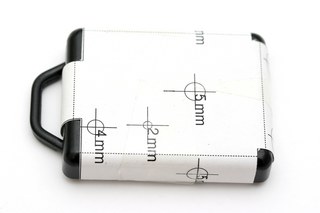
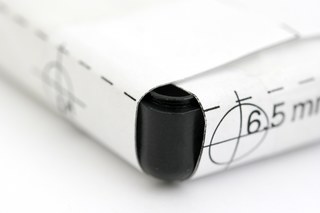
The dashed lines must align with the edges of the enclosure. Double check the symmetry and then copy the centers of the holes to the enclosure with a sharp device. Now drill the holes as precise as possible. Use a drill stand if possible. The bigger the holes, the higher the tolerance to misalignment. Too big holes look bad. The drill aid is a hit-and-miss thing, so be prepared to use a file to make everything fit. Now insert the PCB into the enclosure. The PCB fits very tightly. Use a screw driver to push the spindle of the rotary switch into the hole. Proceed as shown in the pictures below. Inserting the no-spindle version is easier. Now the label (and the knob) can be attached. You will find the label in the documentation ready for printing (1:1).
Software and programming
The controller was programmed in C. The hex and the eep (EEPROM) files
necessary for programming the AVR can be found in the download section.
Use the programming pads on the edge of the PCB to transfer the code. Their
pinout is documented in the DIY guide downloadable below. I used an AVRISP
mk2 clone and avrdude for programming.
The fuse bit setting is shown below. Compared to the default setting only the
reset time is changed to a lower value to further improve battery life.
The trigger will work with the default settings without problems.
If you program with avrdude the command is
avrdude -p m88 -F -c avrispmkII -U flash:w:smatrig21.hex -U eeprom:w:smatrig21.eep -U lfuse:w:0x52:m
In this example the AVRISP mk2 progger is used. Option -F
means 'ignore chip signature' and lets you program the
new ATmega88PA chips with older versions of avrdude.
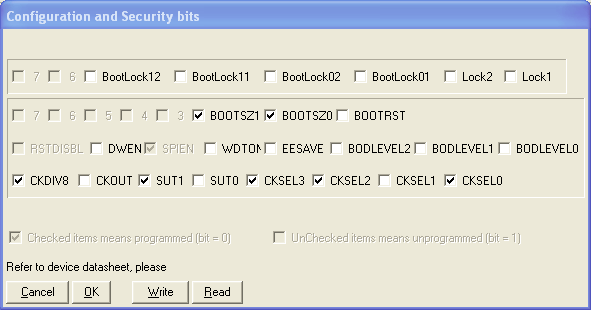
Don't forget to feed back to www.doc-diy.net and contribute to the gallery!
Any suggestions on the trigger and the web site are welcome!
Good luck!
Last but not least:
The author takes no responsibility for any injury or damage resulting from the
operation or construction of the device presented here.
The commercial use of the site contents is not permitted.
Download
smatrig21_manual.pdf - SmaTrig 2.1 manual (English)
smatrig21_diyguide.pdf - SmaTrig 2.1 DIY guide (English)
smatrig21_bedienungsanleitung.pdf - SmaTrig 2.1 Bedienungsanleitung (Deutsch)
smatrig21_bauanleitung.pdf - SmaTrig 2.1 Bauanleitung (Deutsch)
smatrig21.hex - ATmega88 flash hex file, version 2
smatrig21.eep - ATmega88 EEPROM hex file, version 2
changelog - changelog
smatrig21_gerber.zip - Gerber files for the PCB
smatrig_3dprint_MarcoBrignolo.zip - SmaTrig enclose for 3D printing by Marco Brignolo
smatrig_3d_RobertWegner.zip - SmaTrig enclose for 3D printing
by Robert Wegner
smatrig_3dprint_hotshoemount.stl - SmaTrig hot shoe mount for 3D printing
dropsetup_EN.pdf - Instructions on drop photography EN (PDF)
dropsetup_DE.pdf - Instructions on drop photography DE (PDF)
Links
http://ww1.microchip.com/downloads/en/DeviceDoc/Atmel-42734-8-bit-AVR-Microcontroller-ATmega48PA-88PA-168PA_Datasheet.pdf
ATmega88PA data sheet
http://www.nongnu.org/avrdude/
avrdude progger software
http://data.energizer.com/PDFs/cr2032.pdf
2032 lithium battery discharge curve
http://www.avrfreaks.net
AVR freaks - the page for microcontrollers
http://www.mikrocontroller.net
Mikrocontroller.net - the page for microcontrollers in German
https://web.stanford.edu/class/cs231m/project-1/exposure-fusion.pdf
An interesting paper about exposure fusion, a must for enfuse users
Contact
You can contact me if you have questions regarding the circuit or spare material. My address is

Please use "Smatrig 2.1 (your_camera_type)" as subject.
PHP Scripts PHP Script Throwaway Email
Email contact:

Please use "Smatrig 2.1 (your_camera_type)" as subject.








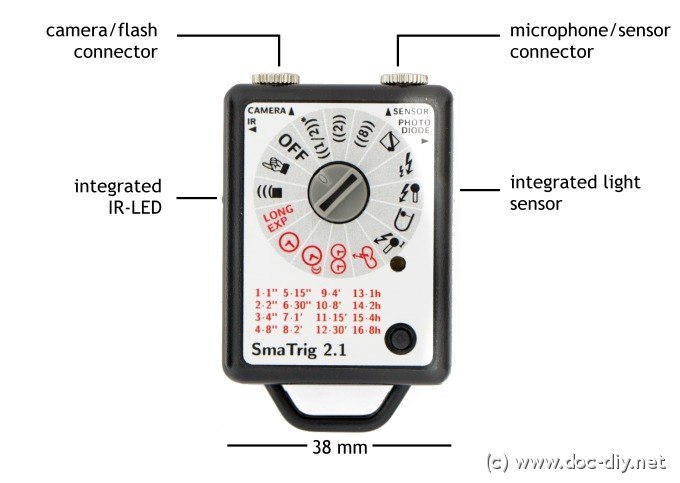
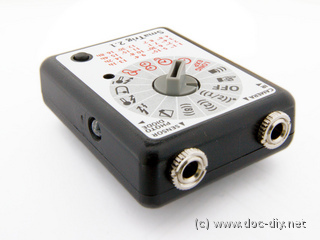
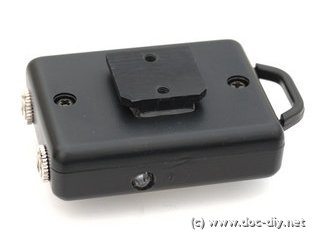
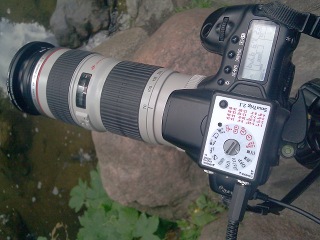
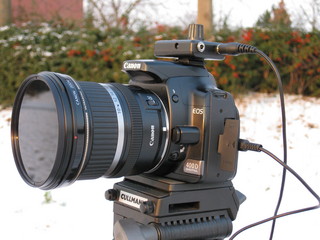
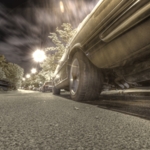

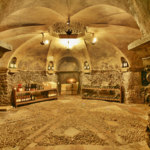
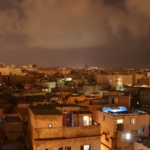
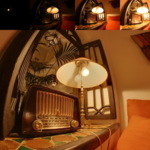




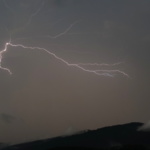
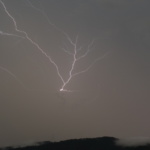
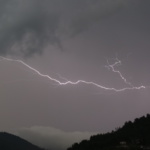


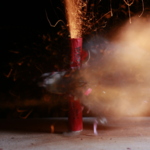
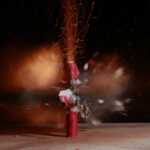
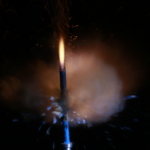
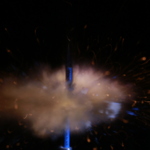


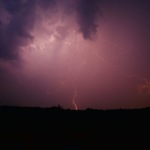
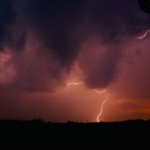
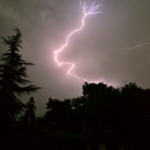
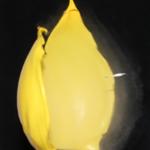
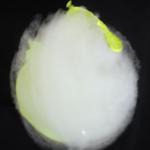
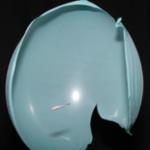
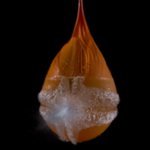

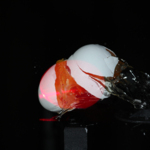
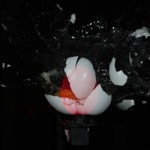
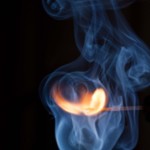



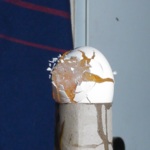
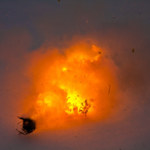

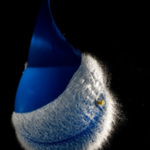
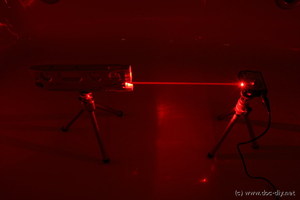













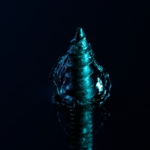



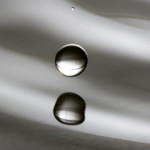

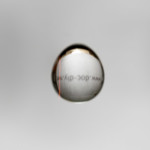

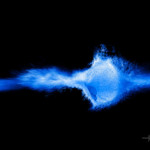

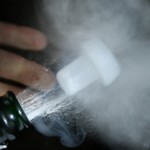
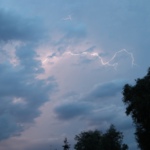


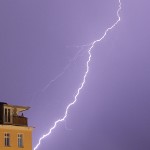
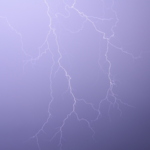
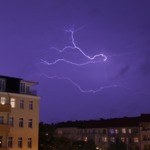
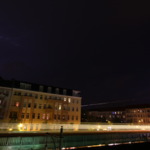
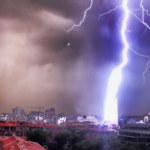
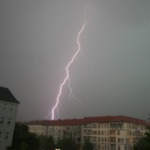
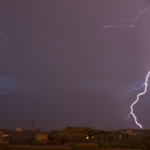
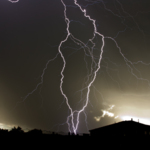
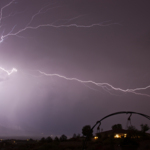

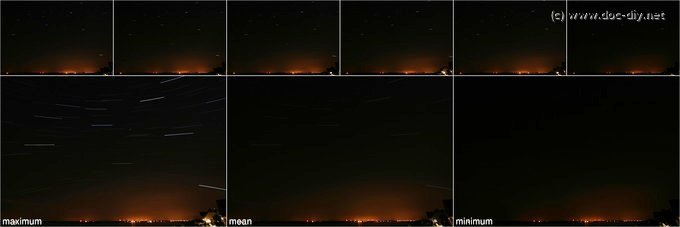
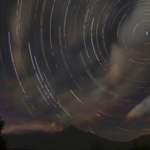
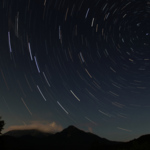


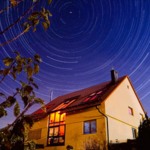
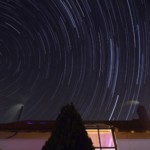
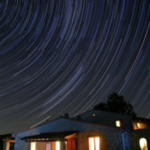
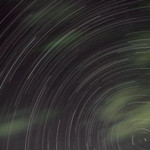
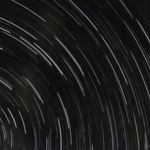


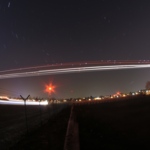
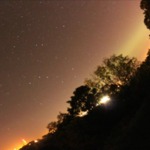

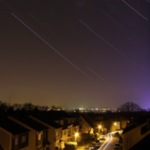
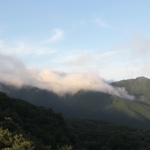

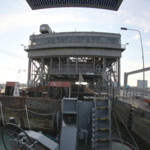
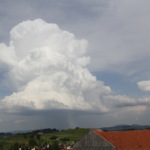

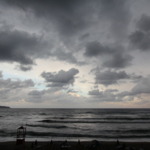
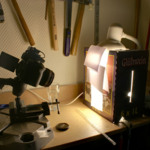


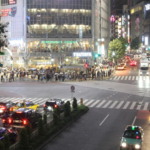
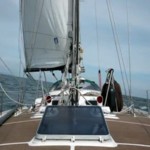



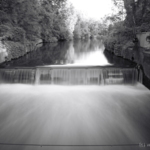


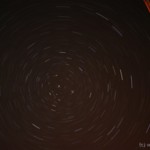

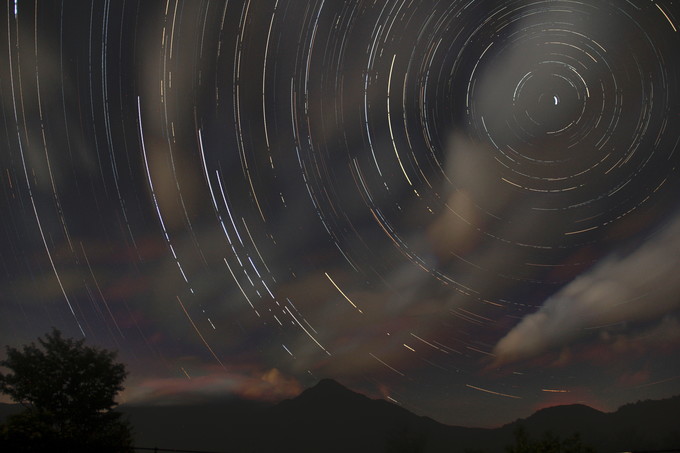
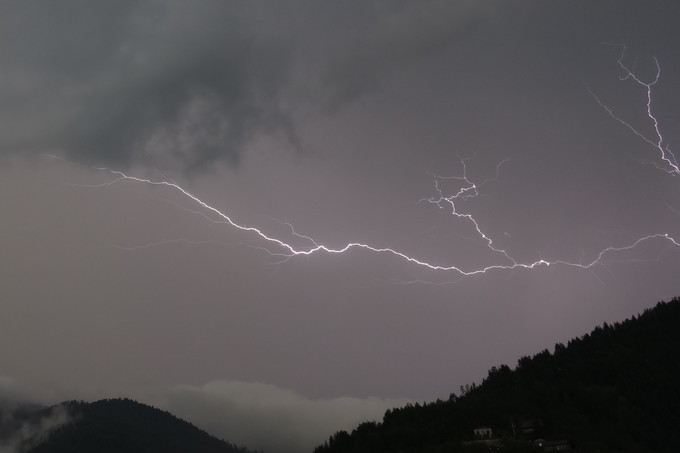

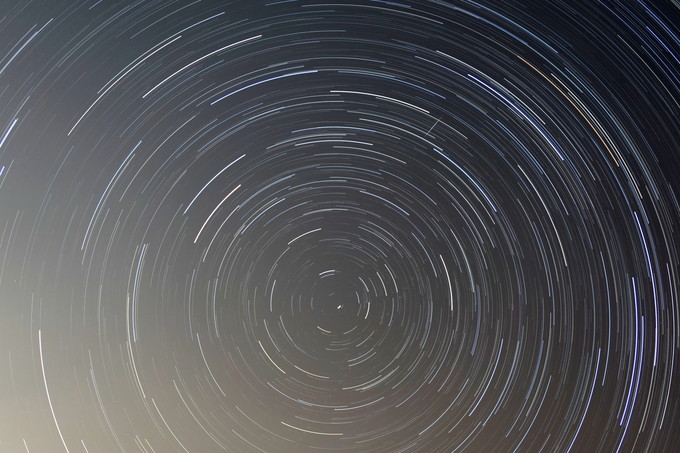

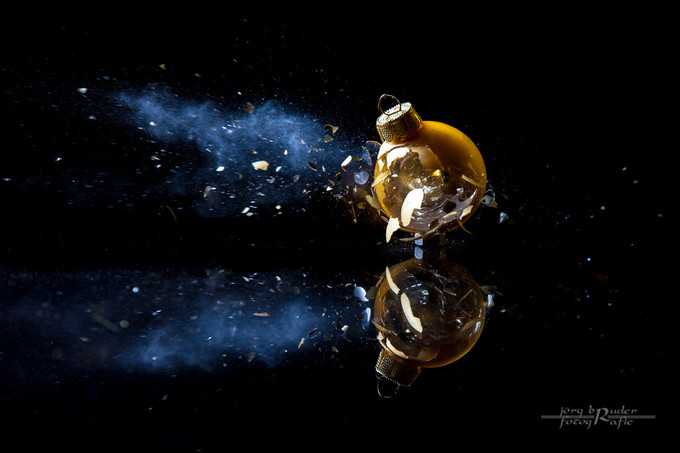
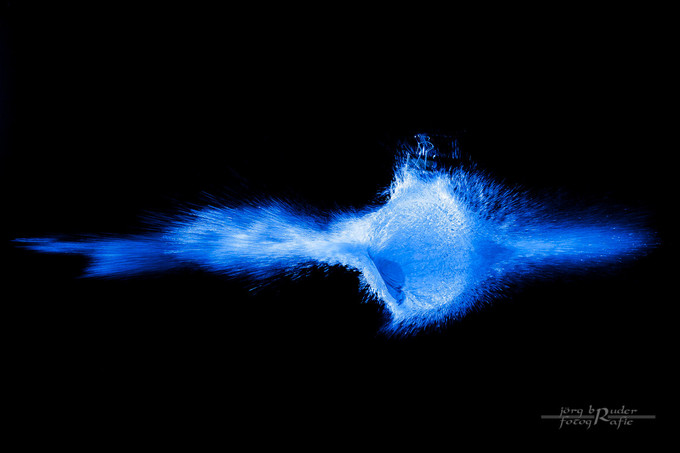


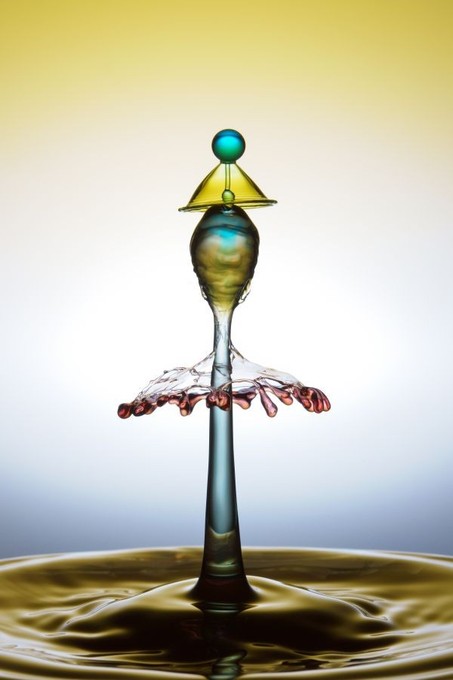

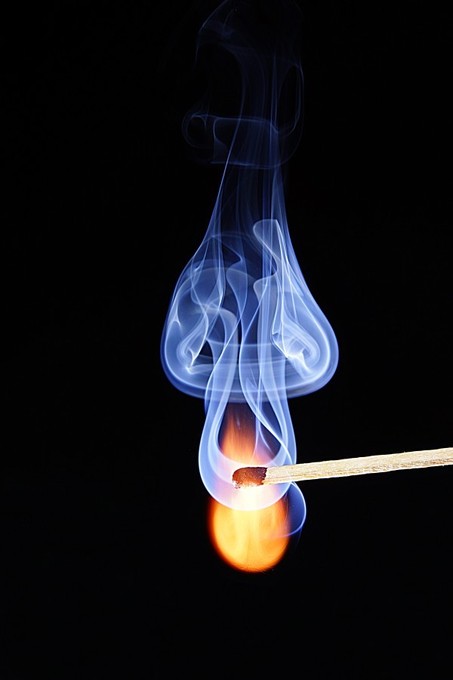
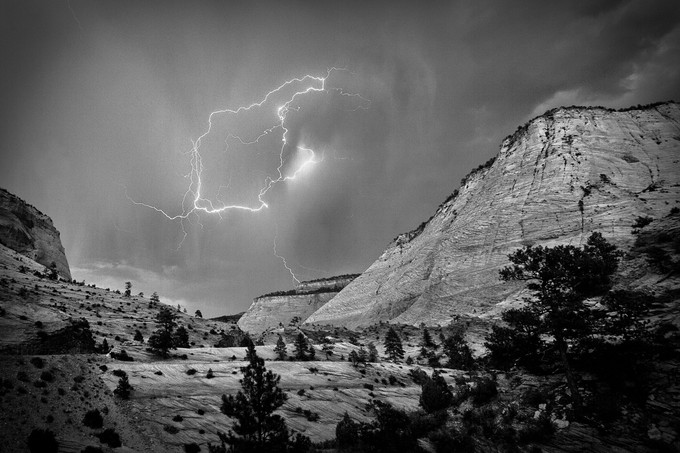
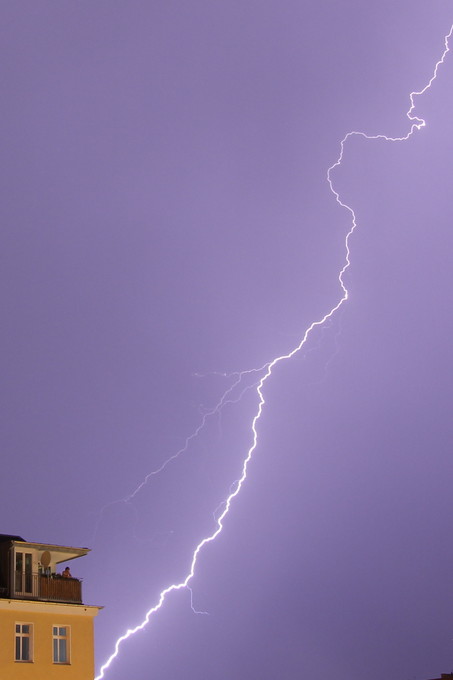

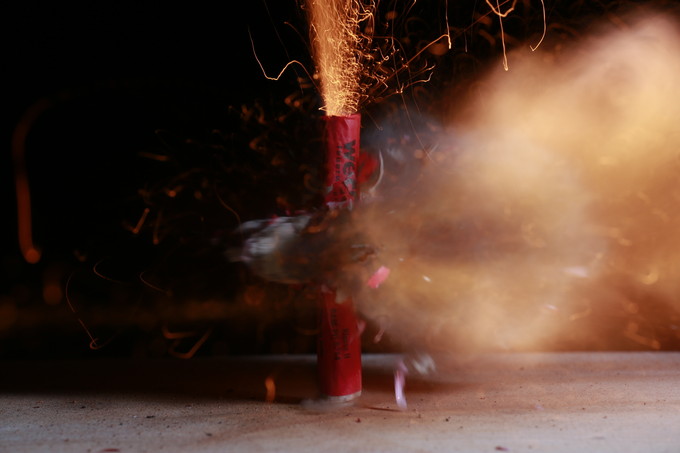
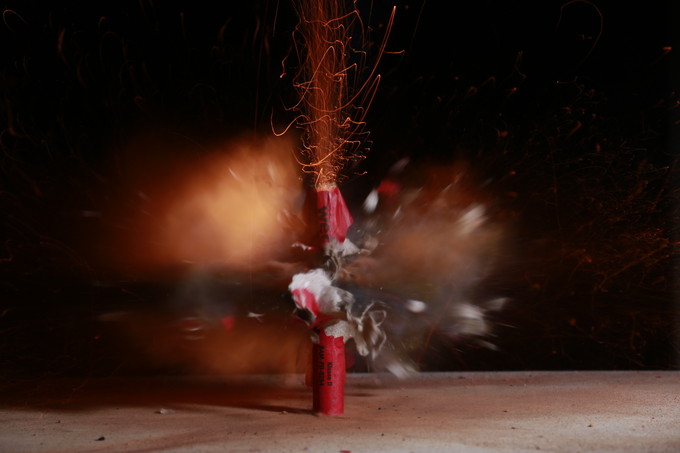
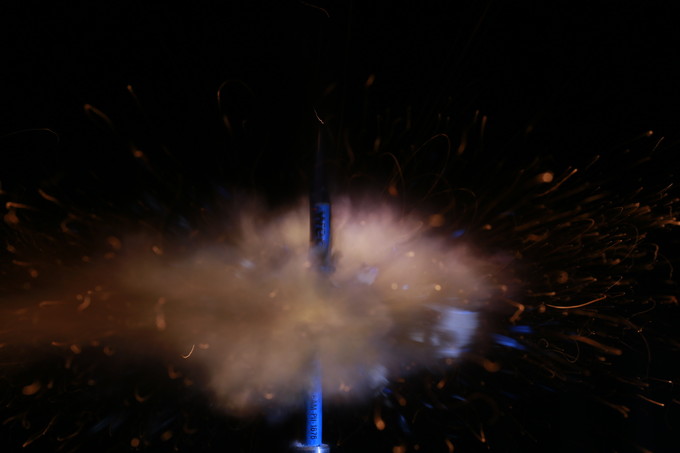
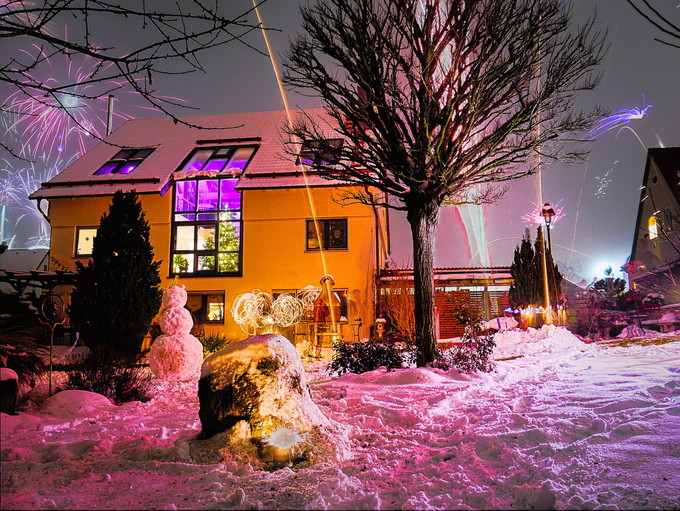
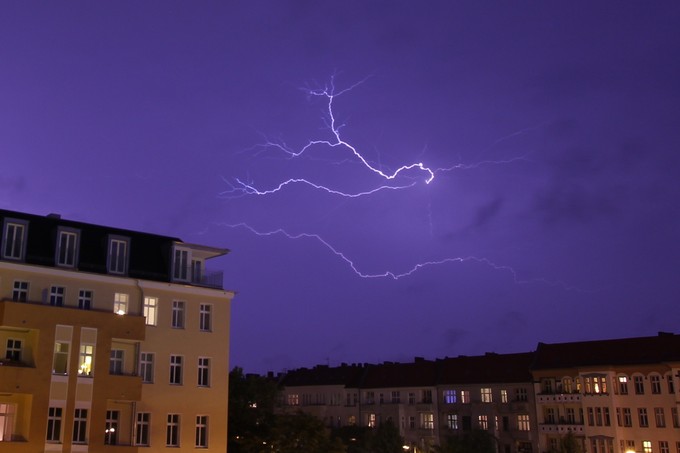

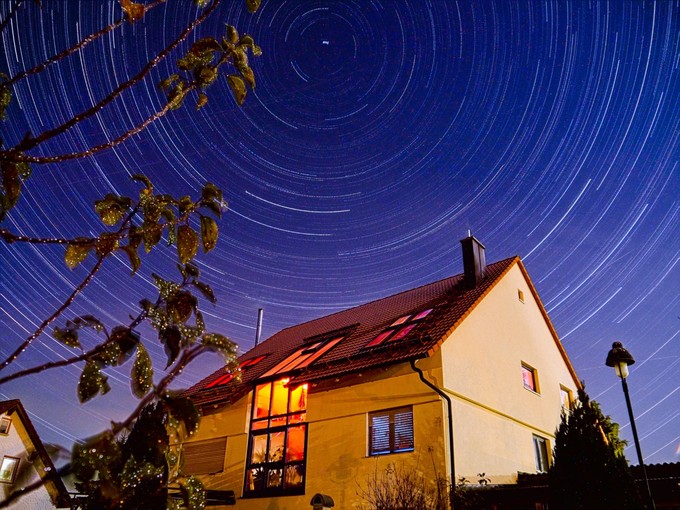
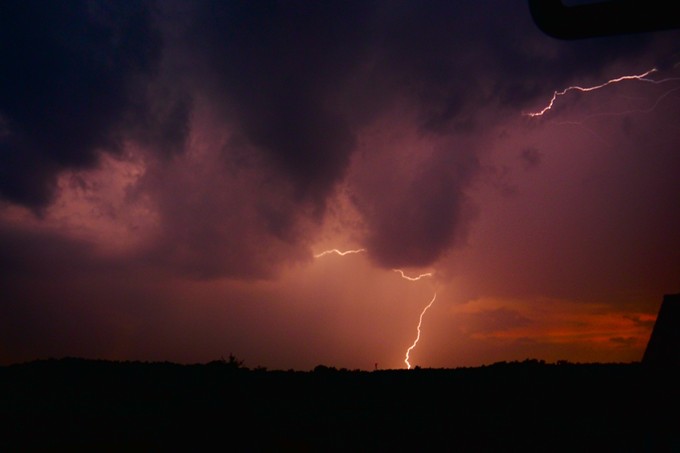
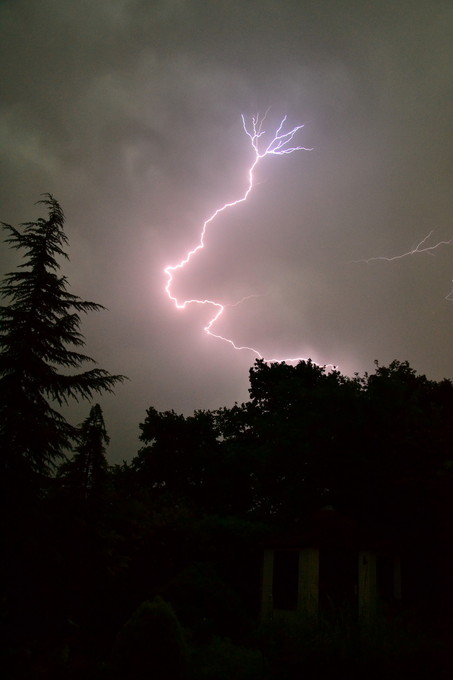
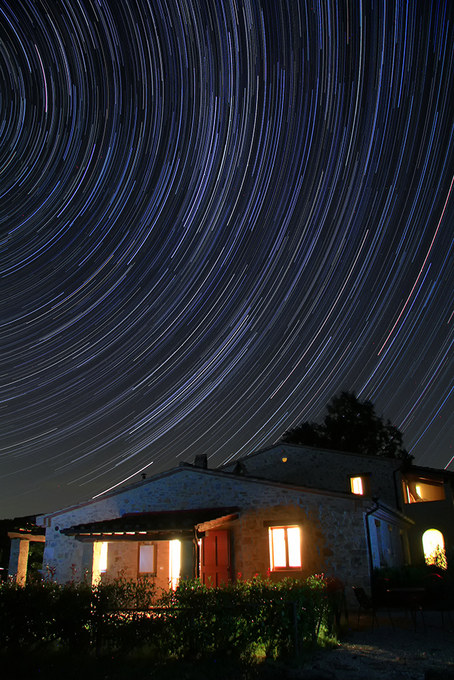

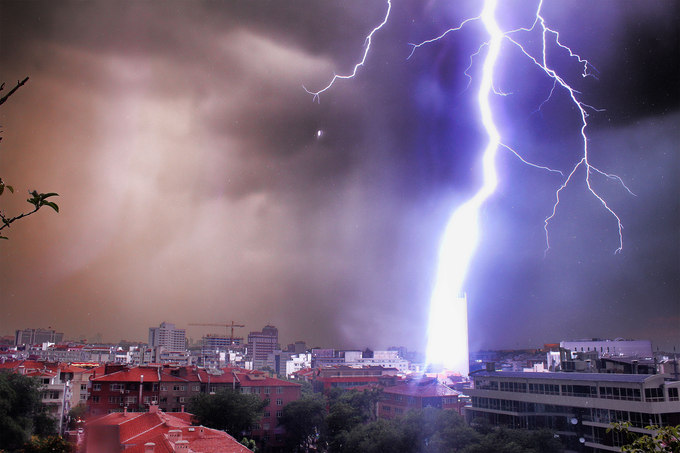


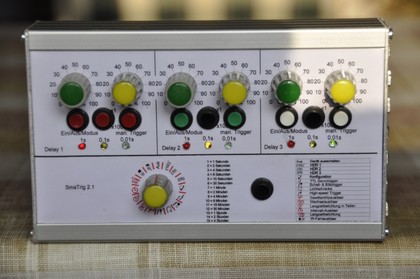
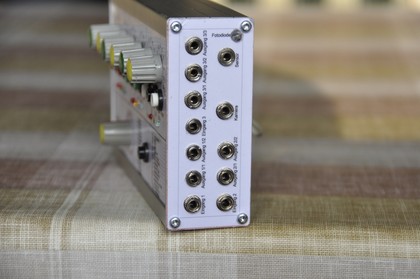

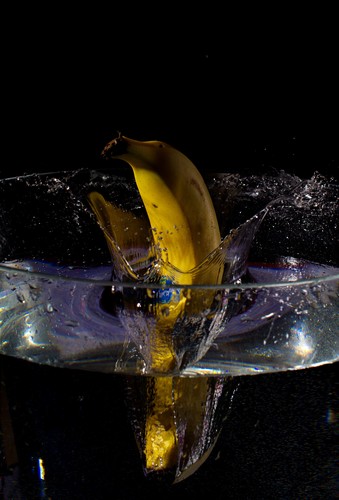

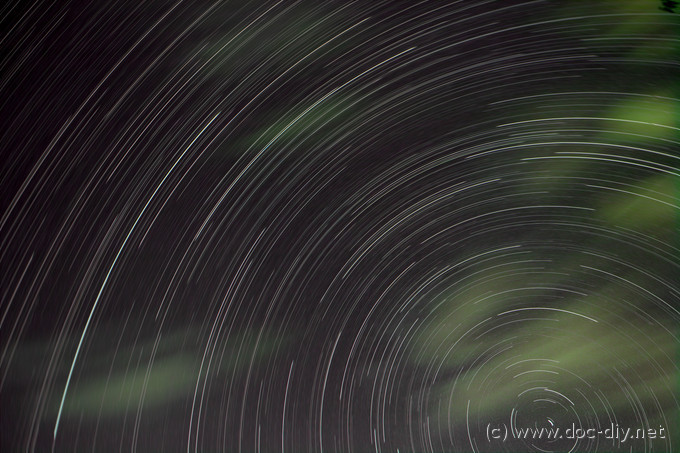

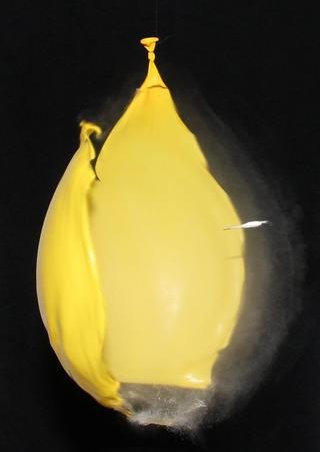
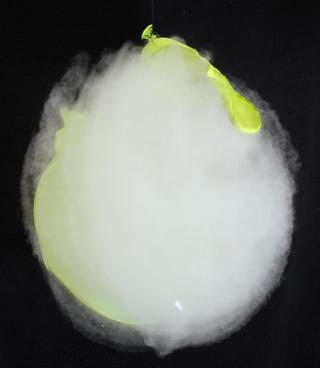
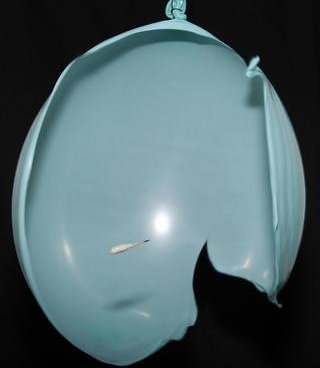
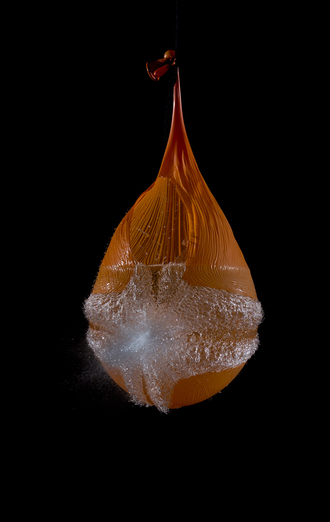

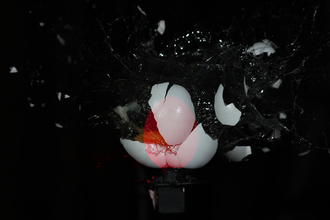


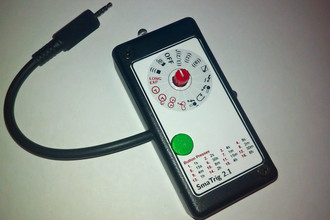
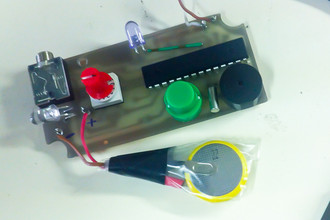
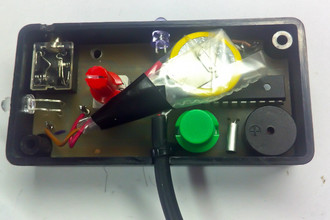
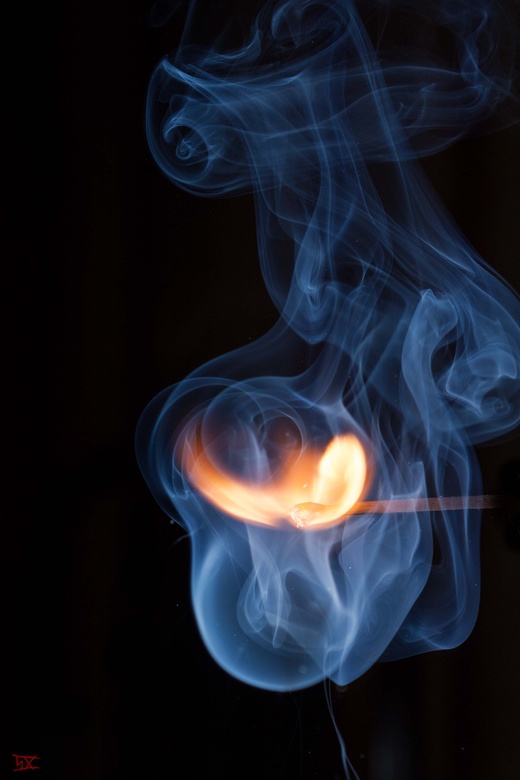

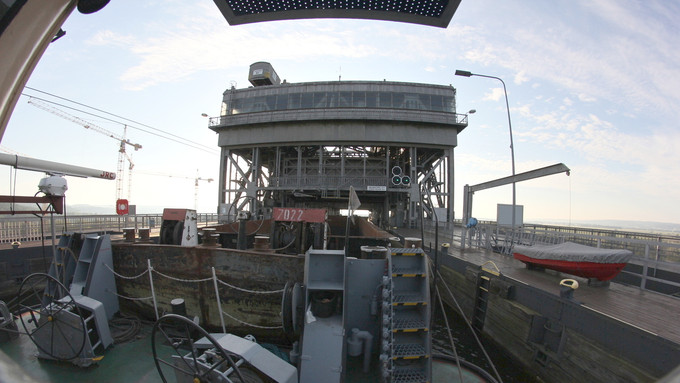
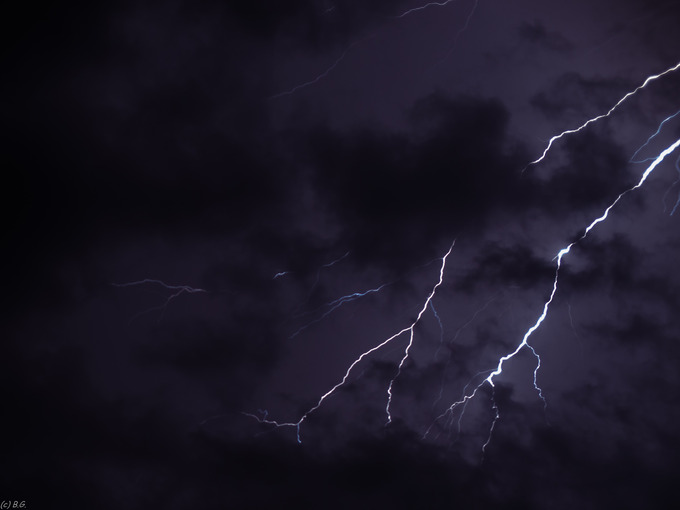
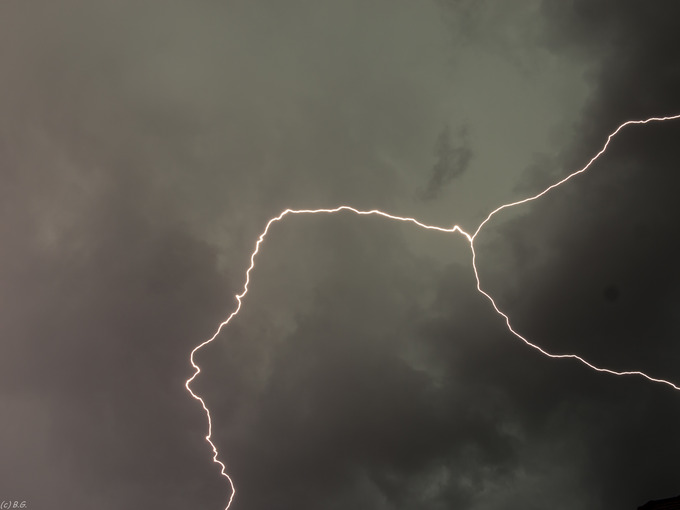
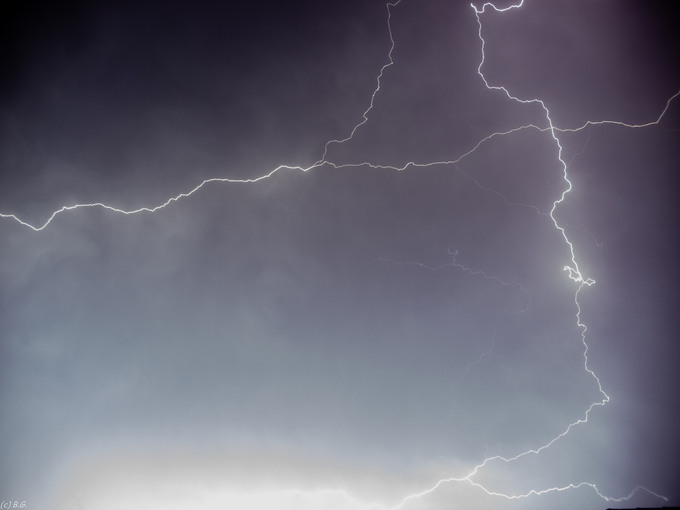
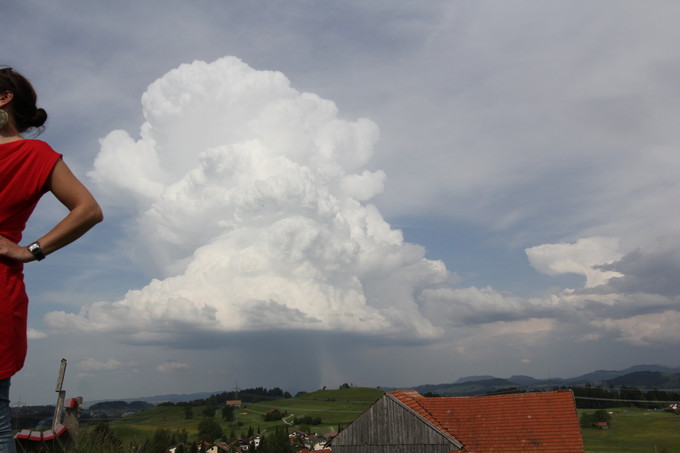

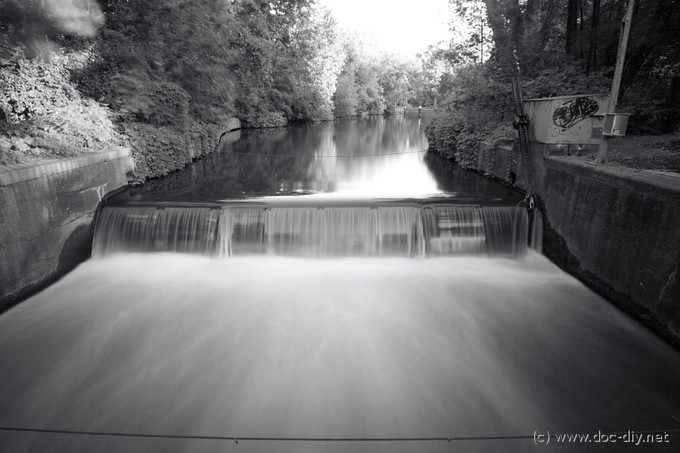



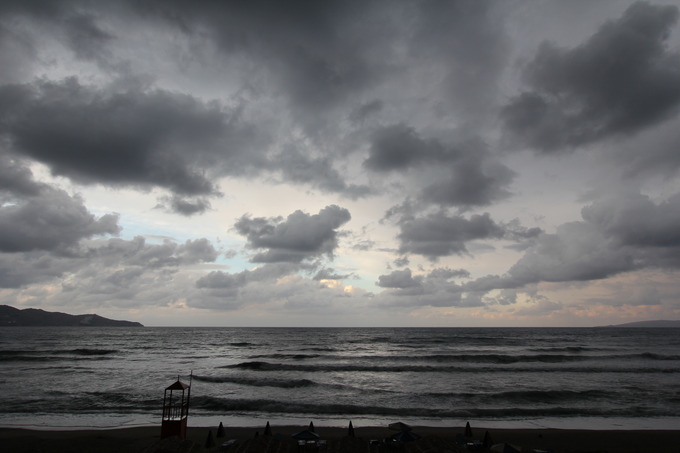


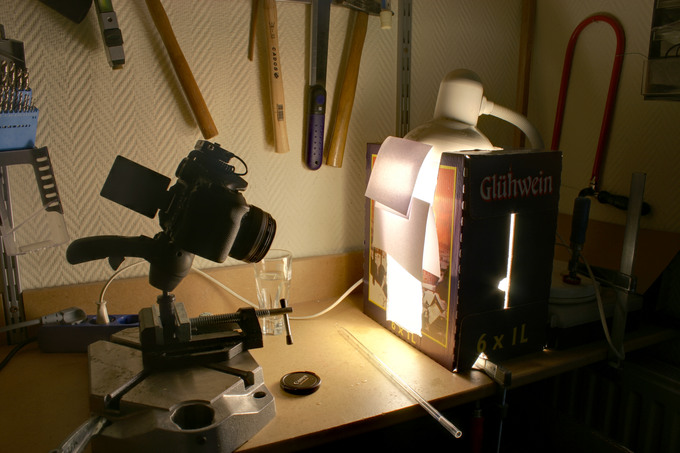

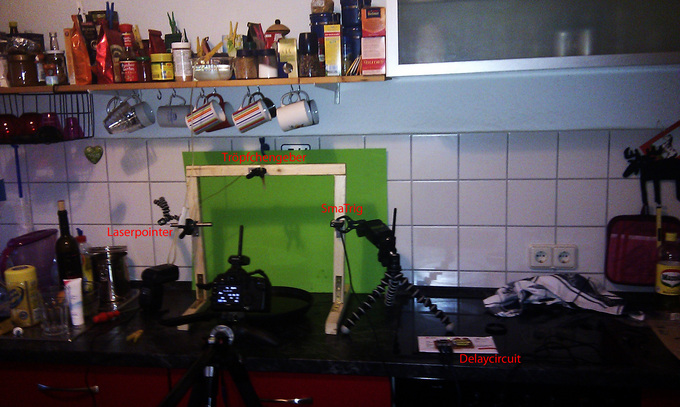


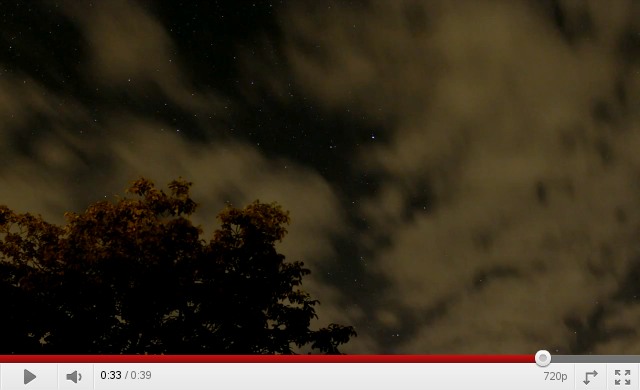
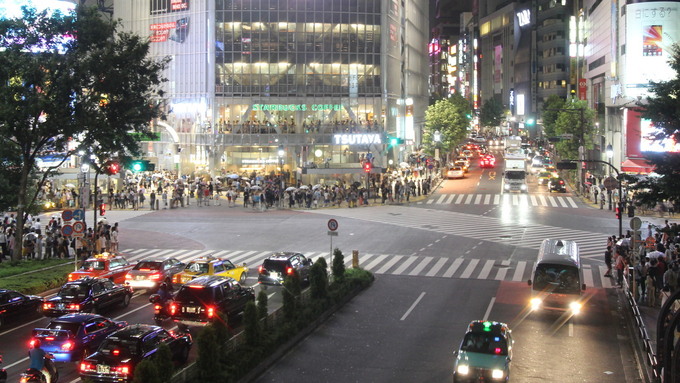

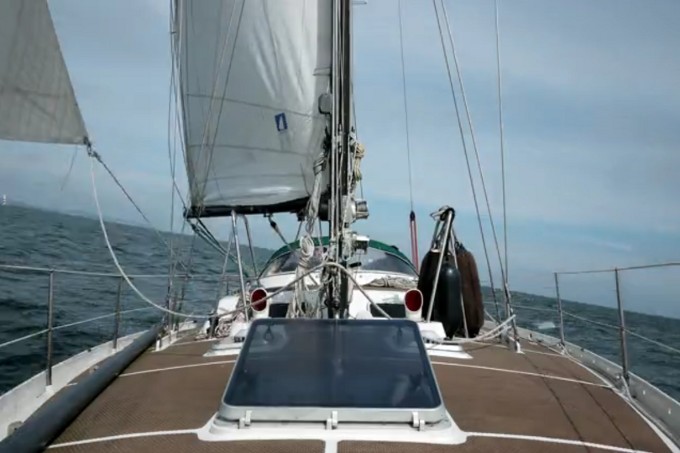
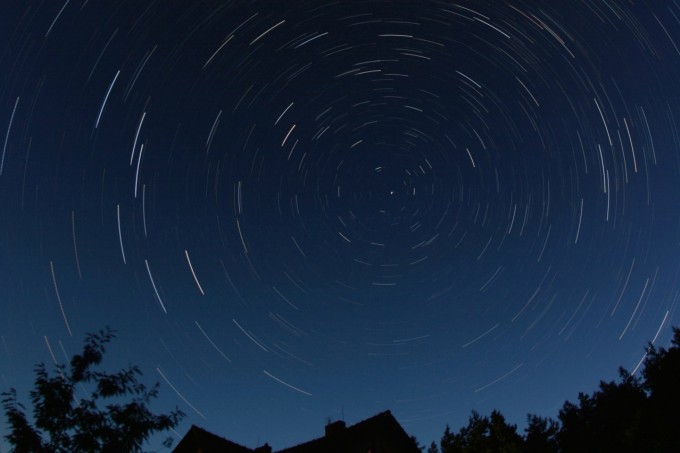
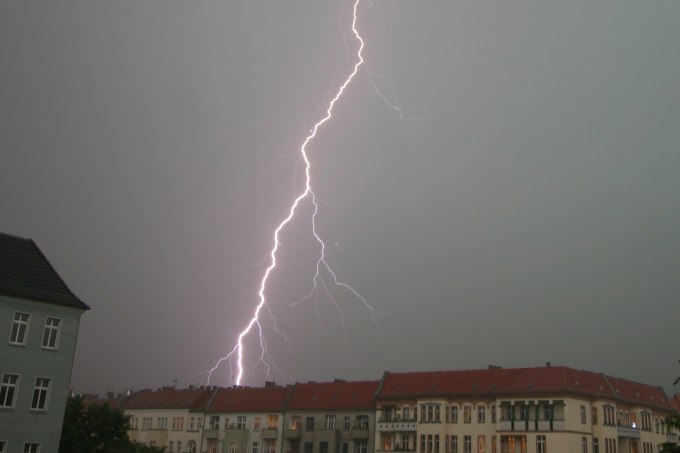

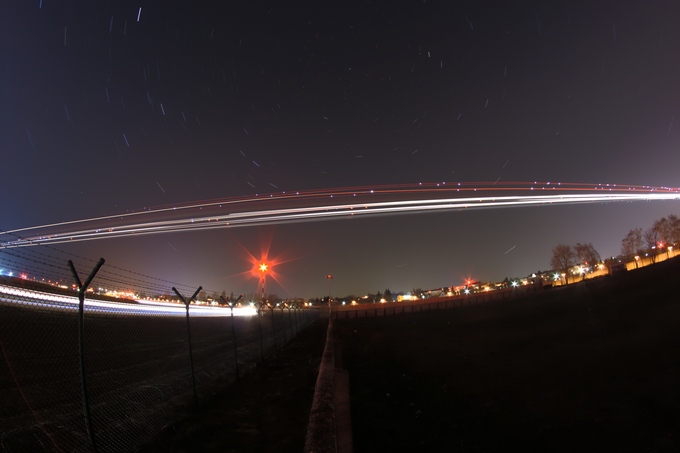
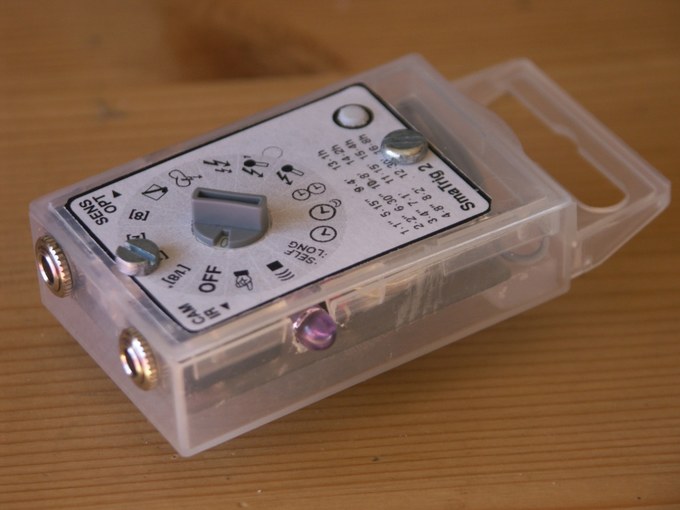
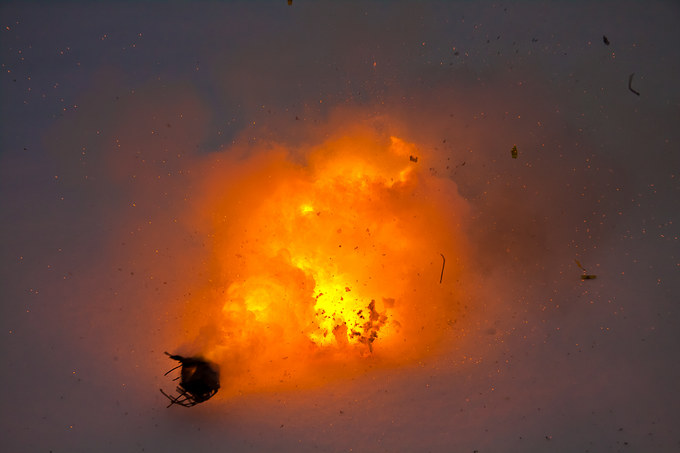
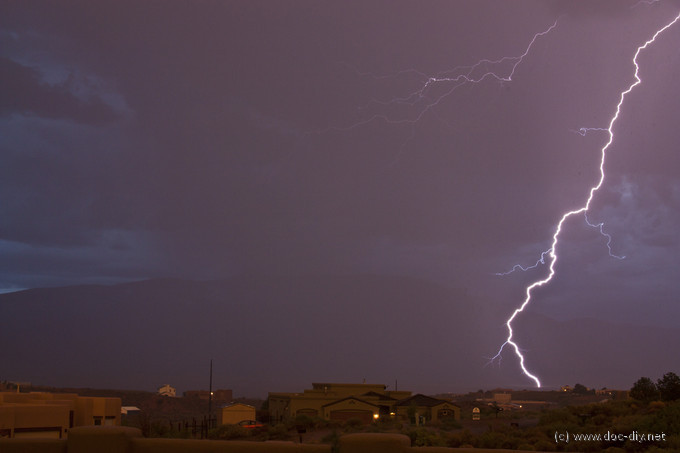
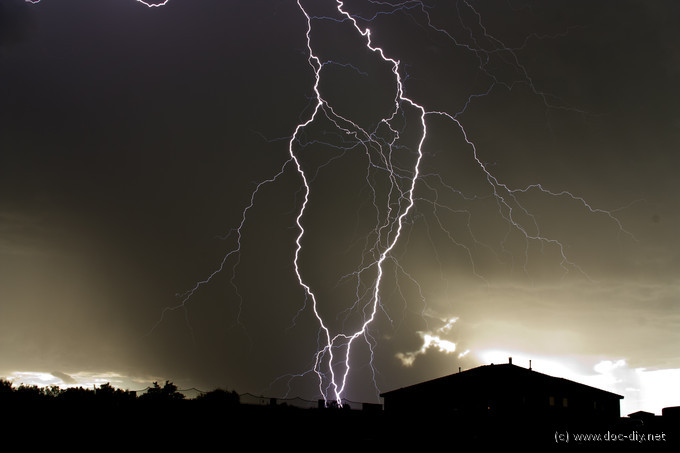
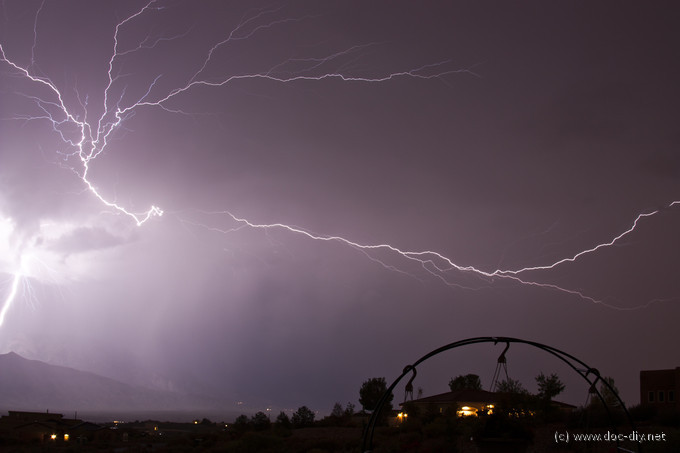

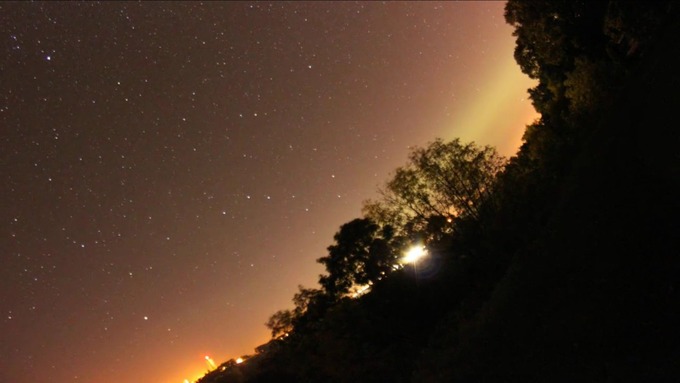


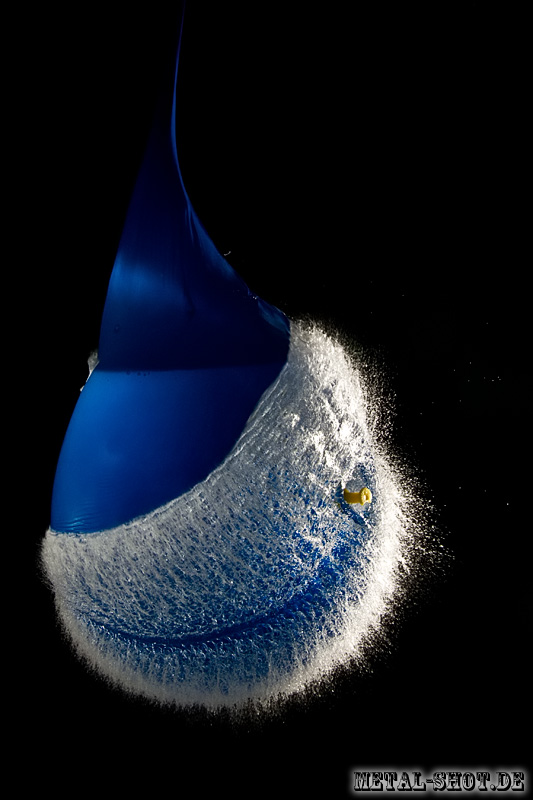

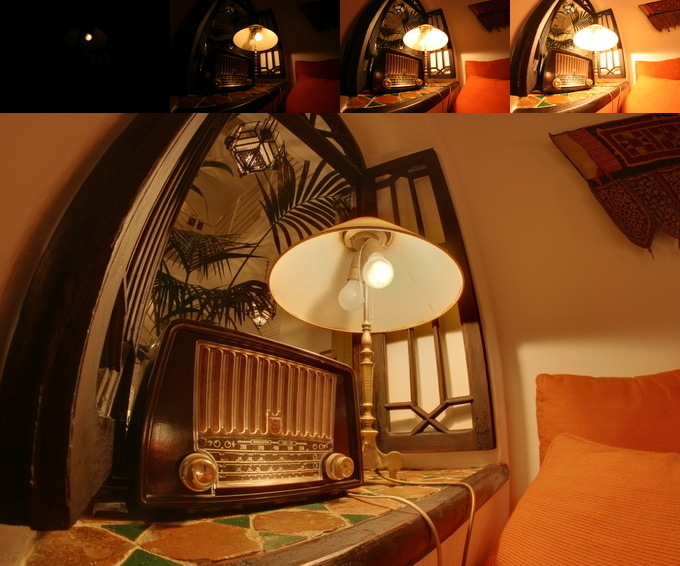


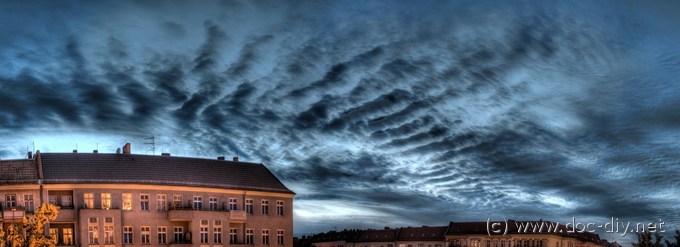

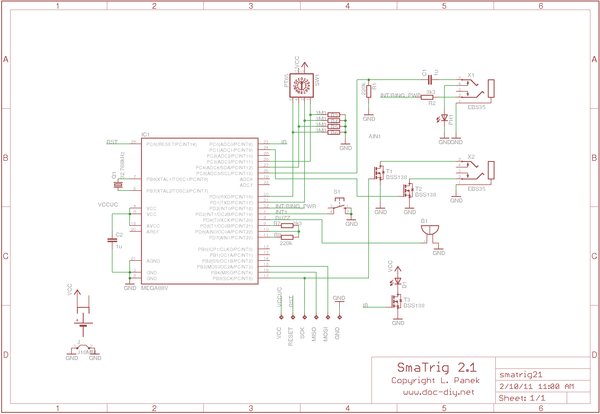


Is there somewhere a source code for this?
I thought about creating such device but on ESP (32 or 8266, didn't decide yet). My primary idea is to have a wireless shutter trigger, which I could trigger with smartphone via wi-fi or bluetooth. ESP device as backend, and smatphone app as frontend. But having just that one function is waste of ESP, so I would like to add more interesting functions. That's why I would like to look at Your code, to seek inspiration, and, if allowed to, take some snippets.
Heres one like i mean..
https://www.amazon.co.uk/ILS-HC-SR505-Infrared-Precise-D etector/dp/B07912QHJC
Many thanks
Mike
I'm happy to hear about one more Smatrig being built! The ticking indicates the activity of the mode. It is the desired behaviour. Since there is no display, the buzzer needs to take over the feedback to the user.
Regards, Luk
After pressing the button to activate the mode, i can hear a ticking around 1 second intervals from the buzzer. Is this correct ? Should i hear this ticking ?
Many thanks
Mike
Just as a side note: When the PA version came out, I needed to update the code for a longer start up time for the clock crystal. The old code for the V version didn't work. The timer was not starting. The current firmware on the web site can run with both versions.
Luk
Luk
Do I need to build the whole pcb and than program the Atmega88 or I can just solder the atmega and than program it. I can provide the power supply to the chip through the programmer. Also for programming do I require to install crystal.
Thanks
Short info by mail would be nice.
Kurze Info per mail wäre nett
I can't give you the Eagle files, since I don't have Eagle anymore and can't check which of the many files version really works.
I just uploaded the Gerber files needed to order the PCBs online. There is a link in the Download section. Eagle is difficult in the moment. I don't have Eagle anymore on my computer since I switched to Kicad. I can't check what's in the Eagle files.
Luk
I hope mine will work. Had a little problems to flash the microcontroller. I hope that will helps noobs like me on Win7:
1. Build an adapter like "AVR Programmer" or buy it
2. Install WinAVR to C:ToolsWinAVR
3. copy the .eep and .hex to C:ToolsWinAVRbin
4. If you use Com1 (serial port) use this comannd line:
C:ToolsWinAVR-20100110bin>avrdude -p m88 -F -c STK200 -i 1 -U flash:w:smatrig21.hex -U eeprom:w:smatrig21.eep -U lfuse:w:0x52:m -P com1 -c dasa
Looking forward if that works. It finally quits with "avrdude done. Thank you."
Thanks for your time and work in this project.
BTW: If you go the clean way and compile the code directly for the 16k version, the HEX will be different because some jump commands change for the longer jumps into the +8K space. Since we have nothing in the +8k memory the 88 HEX version on the website can be flashed into the 168 directly.
The 88V version works too, but is outdated.
Luk
Thanks for doing this project and sharing the same. In the diy guide I downloaded from the website the AVR used is Atmega168PA (on Page 4). My query here is can i use the same program for the 168PA. I am finding it difficult to get Atmega88PA in the local market.
Thanks
Based in UK here and just built camera axe, then found this and looks well worth building as well as the CA.
Just found your website. Smatrig looks amazing. Can you sell me a complete kit or failing that PCB plus programmed MCU. What price and how much to ship to the UK. I can sold SMT and probably source most of the components locally.
Good website, incredible photos, makes me want to get out my camera NOW!
Regards
Or do you have the complete kit for assembly selling somewhere?
großartiges projekt... bin auch begeisterter hobbyfotograf und elektronikbastler...
ich würde gerne zusätzlich die noch freien pins für weitere fubktionen verwenden. den adc für einstellbaren schwellenwert für soundtrigger und evtl noch einen von den portd pins für einen jumper für zusatzfunkrionen...
wäre es möglich an deinen source code zu kommen. würde selbstverständlich auch meine ergänzungen zukommen lassen...
mfg
paul
möchte mich intensiver mit der Tropfenfotografie und tanzenden Farben beschäftigen. Da mit zwar nicht das fotografische Wissen, aber leider das technische Verständnis und die Fähigkeit zu Programmieren fehlt, wollte ich auf diesem Wege anfragen, ob ich über dich / euch das erforderliche Equipment erwerben kann, um mit entsprechenden Fotoprojekten starten zu können.
Wäre nett, wenn ich eine Rückmeldung bekomme. Habe auch intensiv in verschiedenen Foren und bei Google gesucht, aber alle Antworten und Tipps werden mir, sofern es professioneller und qualitativ hochwertiger wird, zu technisch.
Mit freundlichem Gruß
Kai
I communicated the cost, a Smatrig 2.1 for Nikon D800, D200 and Canon 7D, operating times and delivery to Italy.
Friendliness
I am happy to sell items separately or as a kit.
email: steve(dot)iley(at)gmail(dot)com
I have read your article on the Smatrig.
ayou have come up with a Great accessory, which is very versitile in a small package.
Space and weight are a premium in this modern age.
A camera, a few lenses, a tripod and a flash gun, it all mounts up.
There is only so much that my wife will carry.
I am hoping that I can still purchase an assembled unit without a case.
If this is possible can you please give me the cost including slow mail to Australia.
Thank you in advance
Regards
Rick
Regarding the PCBs, I have some spare boards here I would like get rid of for a fair price. Just contact me per mail if interested.
Luk
I am building a SmaTrig without a custom PCB (using universal PCB - totally sucks but possible; if it works, I will share some pictures ;-) ). To get the designed PCB of the project, have a look for a chinese manufacturer. It is possible to get 5 pieces for ~ 10 bucks (you cannot buy only one).
gr Gerie
10 - Alternating triggrt
11 - Long exposure by parts
12 - Interval trigger
13 - Long exposure
14 - IR remote release
15 - Manual/Bulb trigger
Were luk prepared to release the source code, changes could be made to reassign the functions, so that the six least-important could be dropped.
Get a hex switch.
also wenn Du mal eine Charge für eine 5D Mark III auflegst, dann melde Dich
LG
All function of smatrig are worcking great. i did make a time laps and some sound trigger pictures.
p.s. sory for my en.
Could you please inform me if you can deliver the SmaTrig 2.1 for a canon EOS70D.
I am interested in buing it either as a kit (with programed IC) or ready made. Could you please let me know the price for both cases.
Regards
Udo